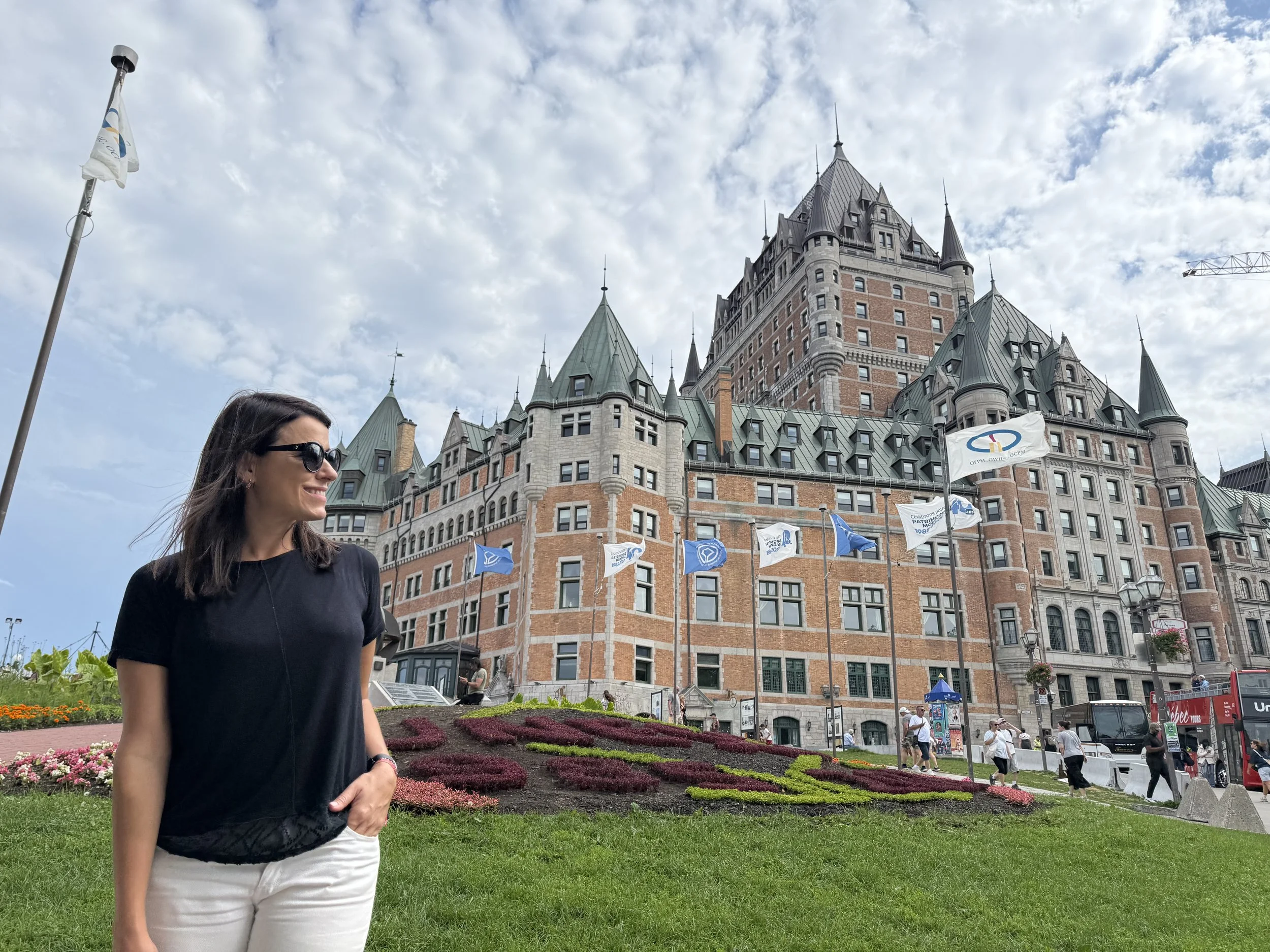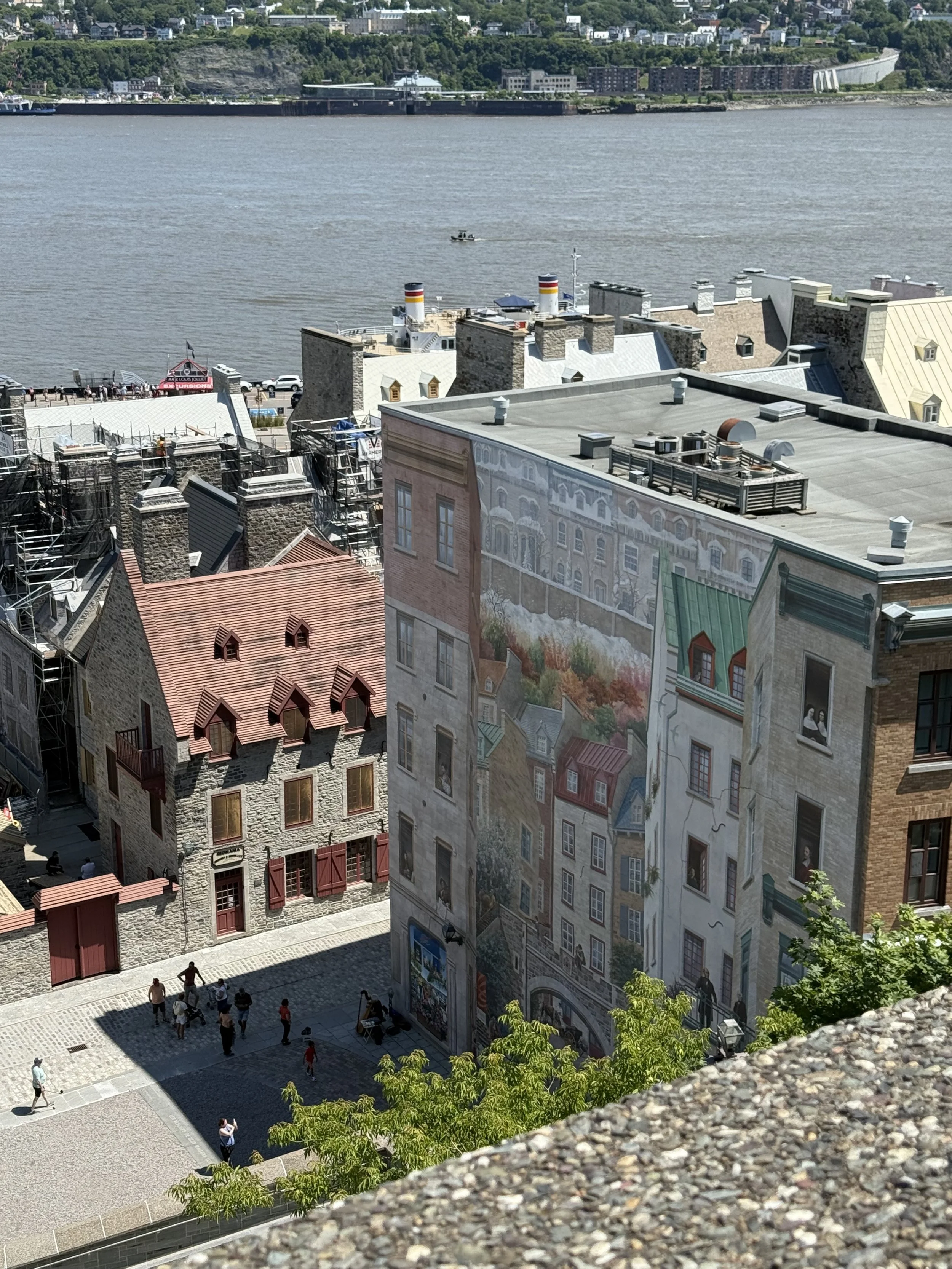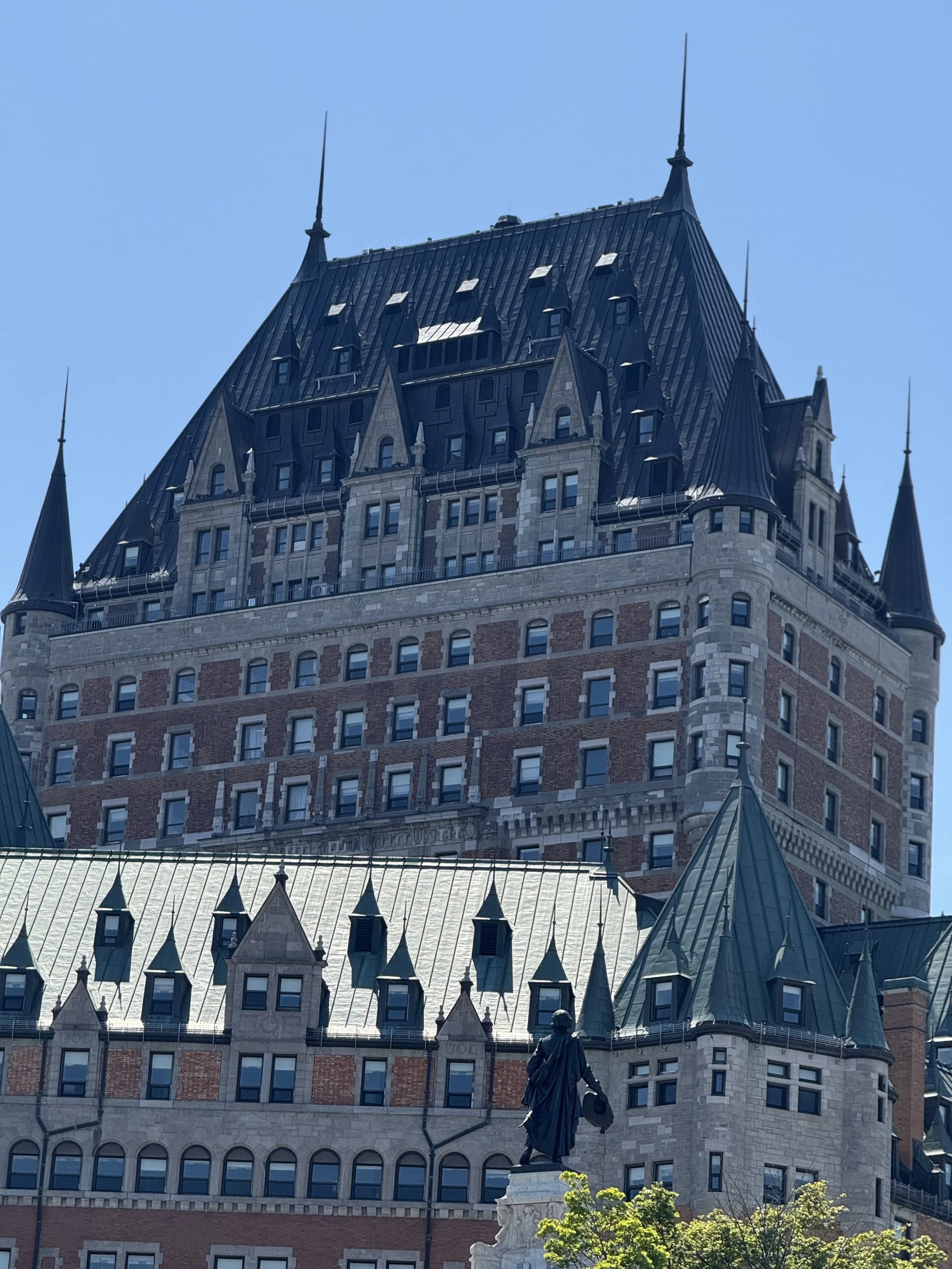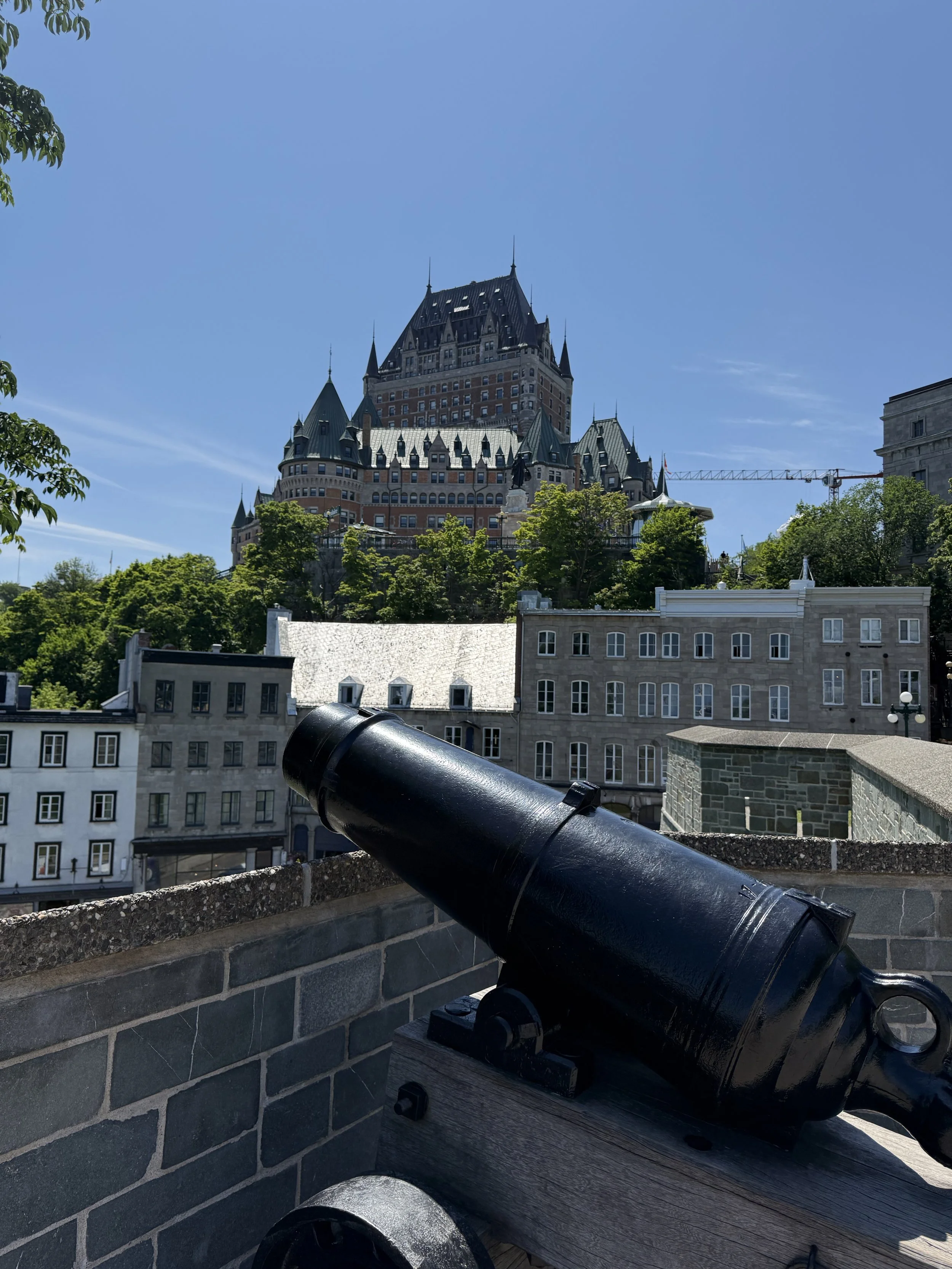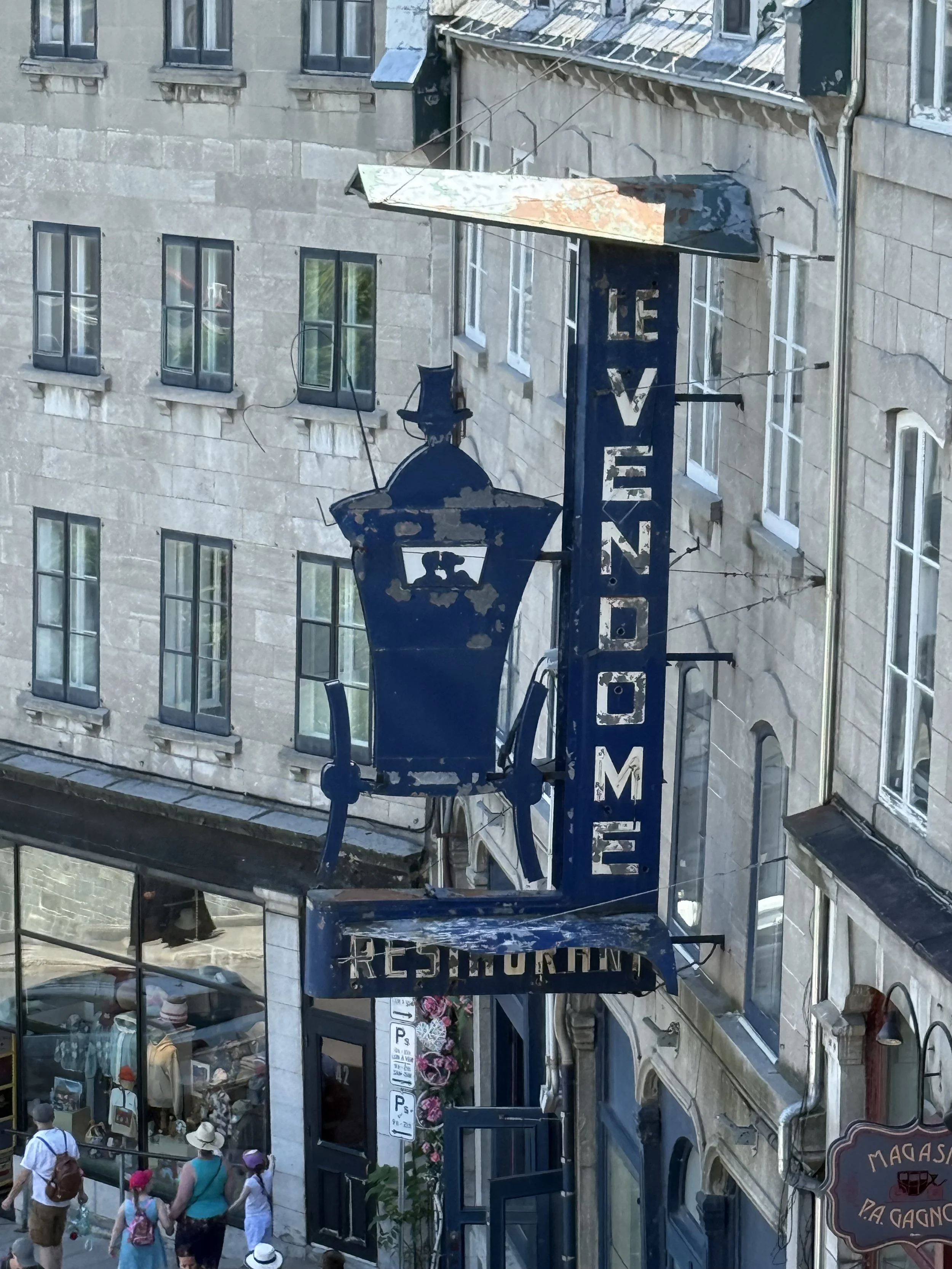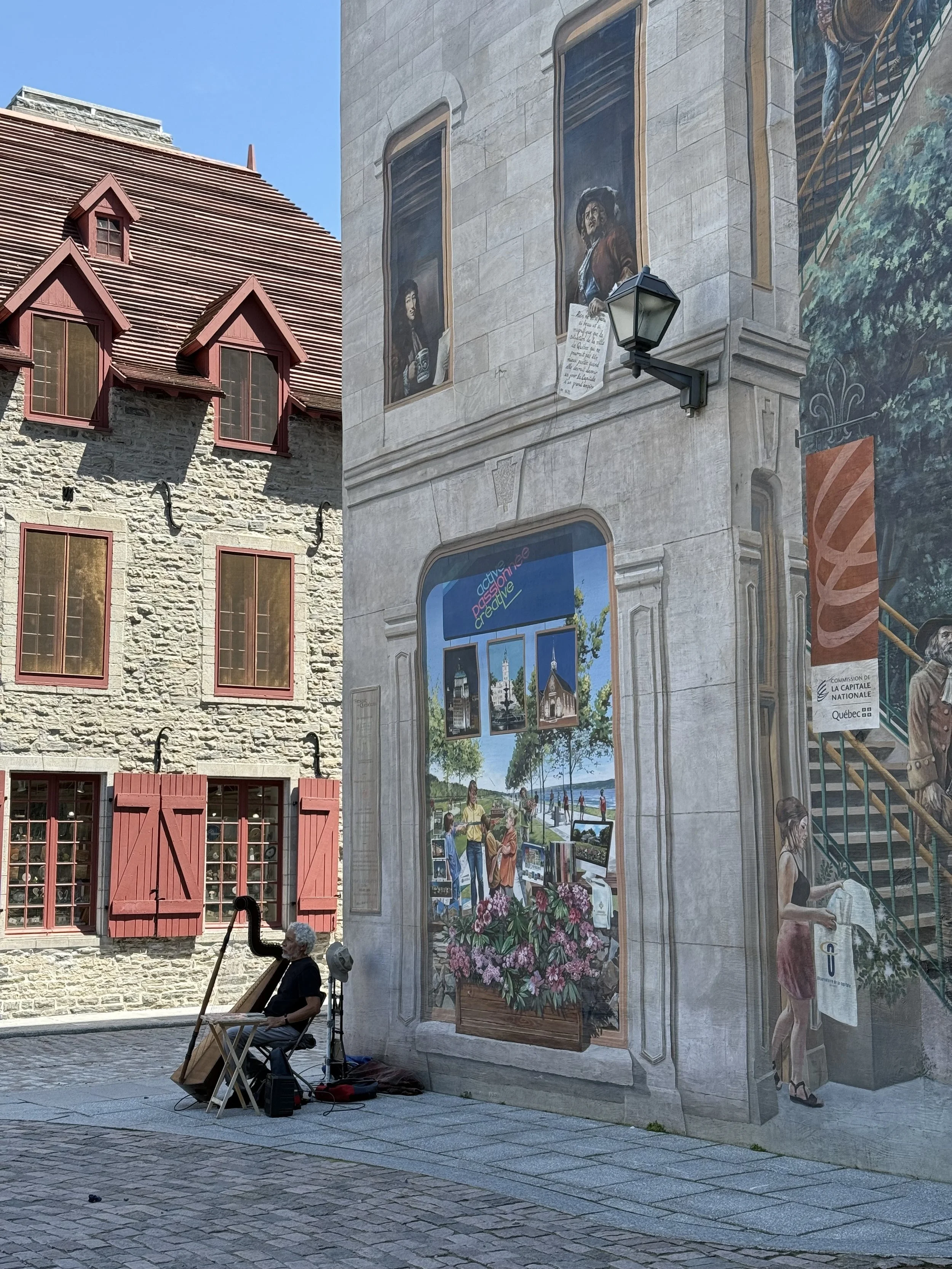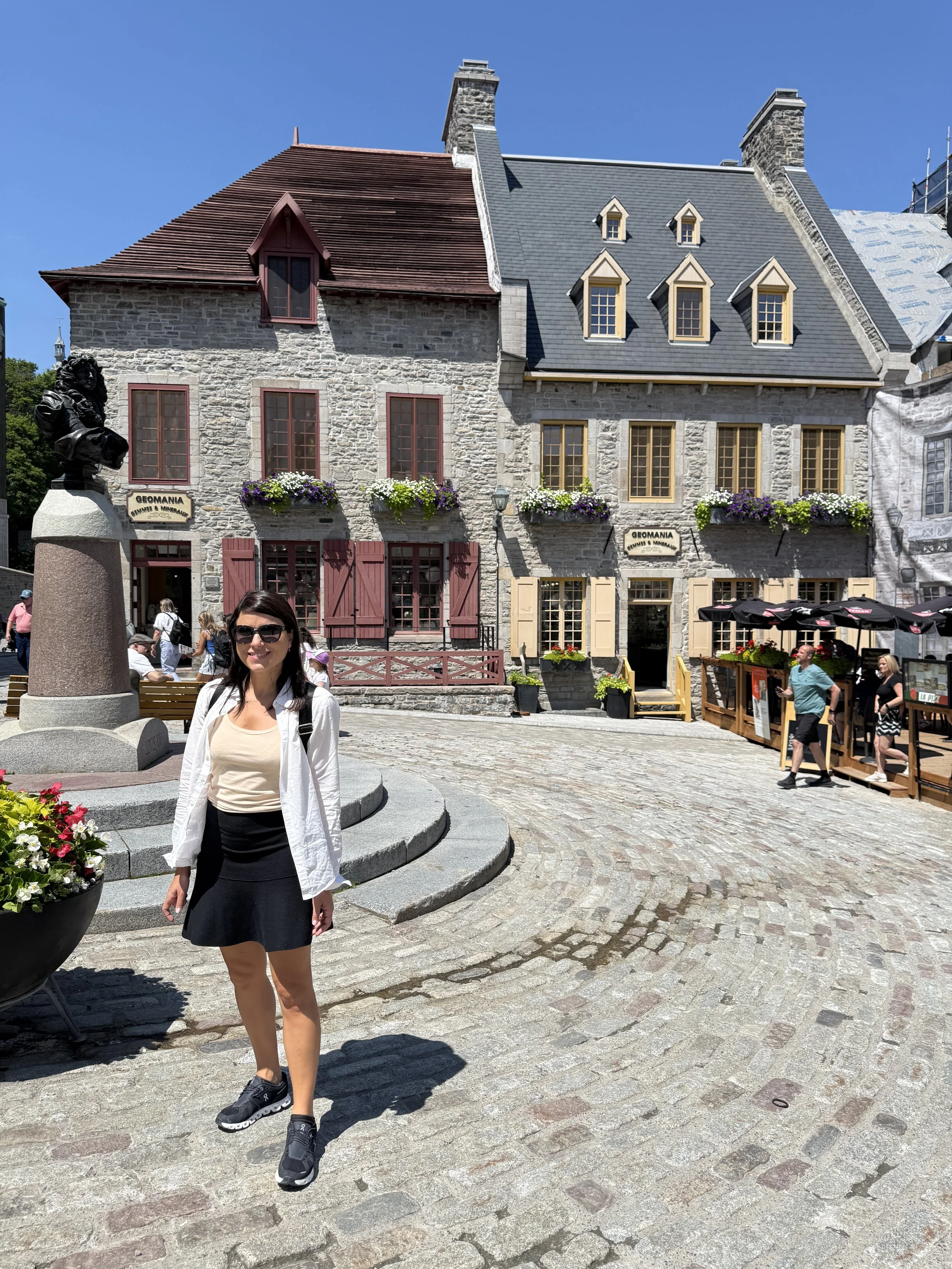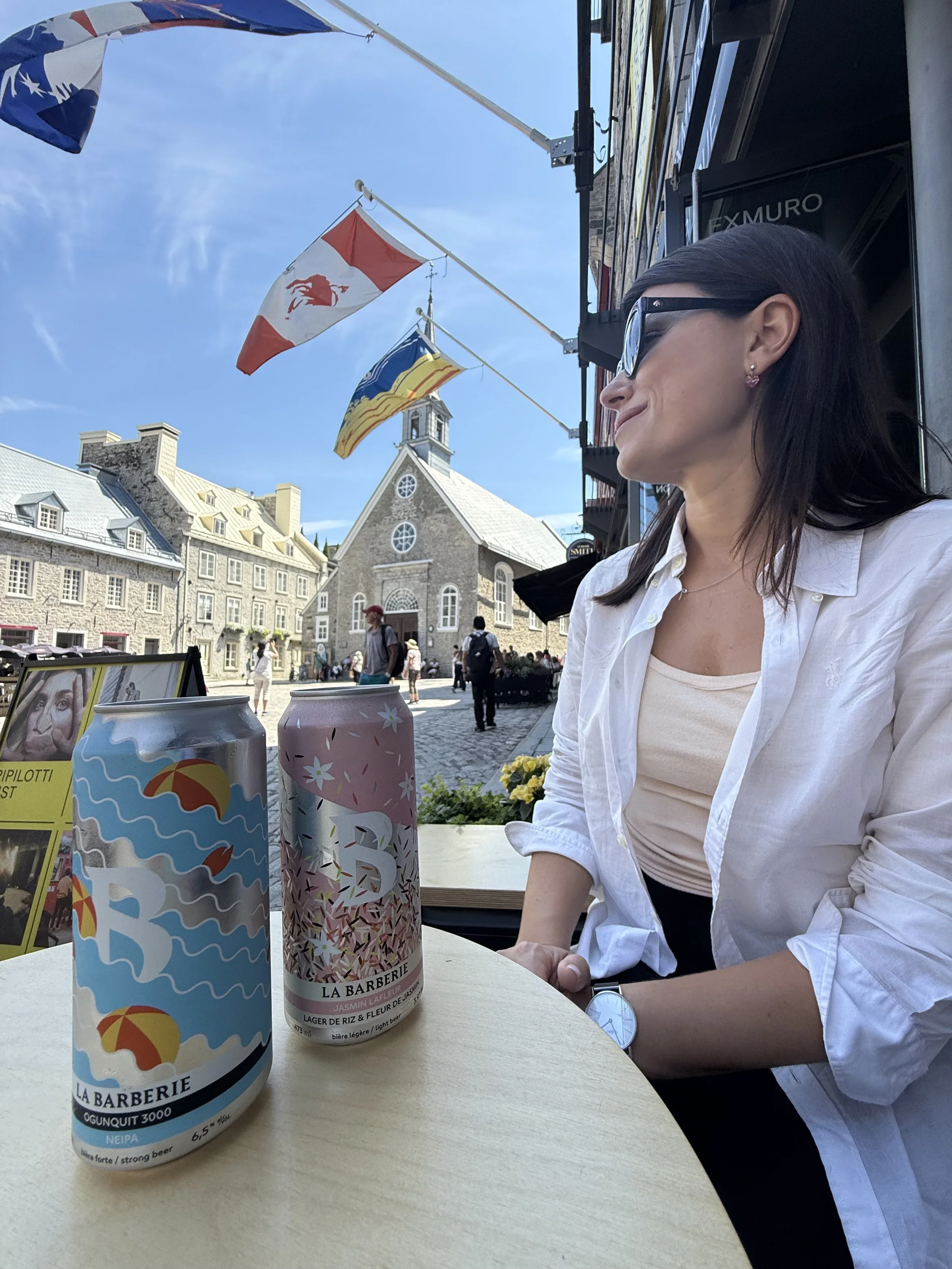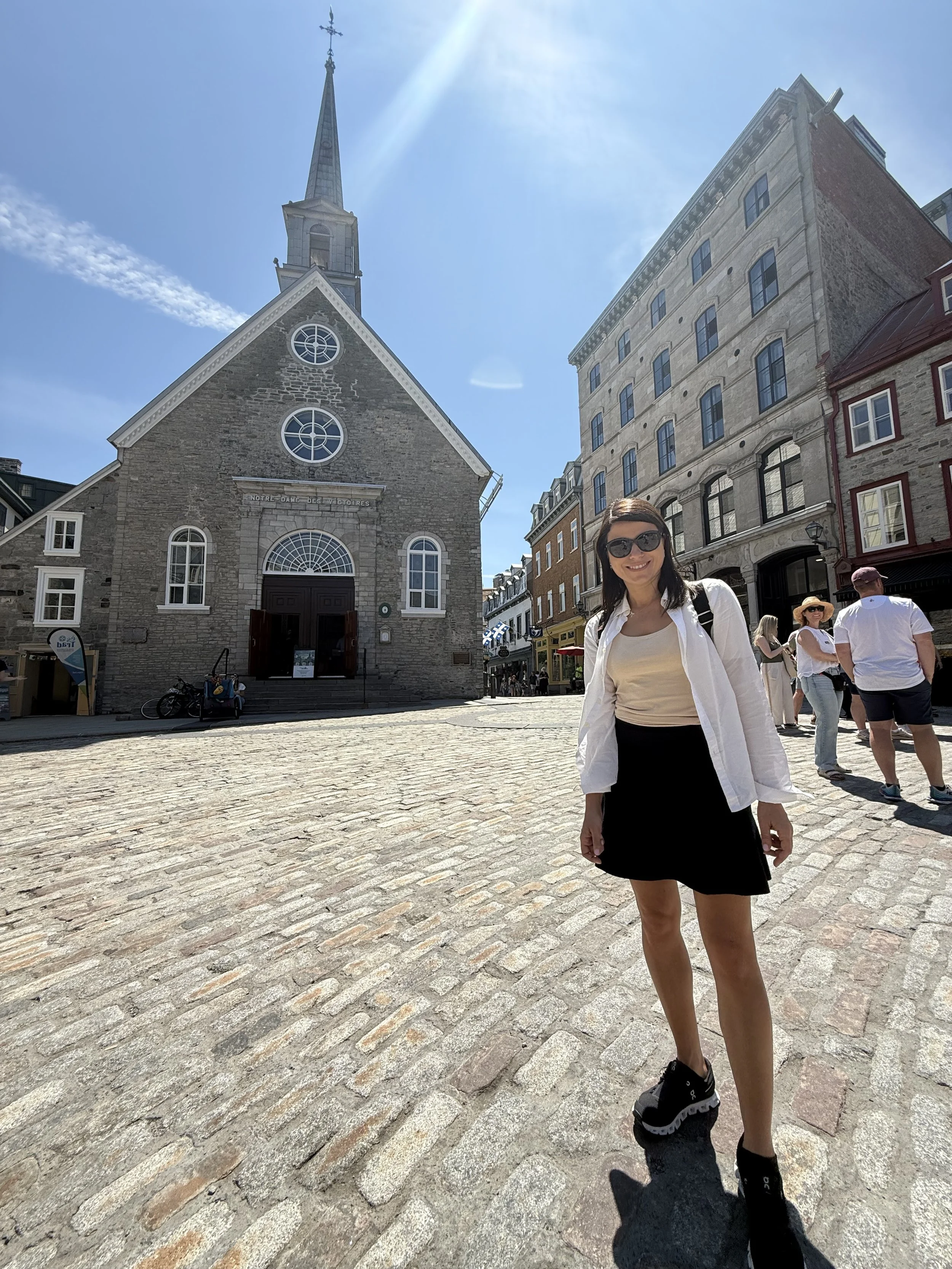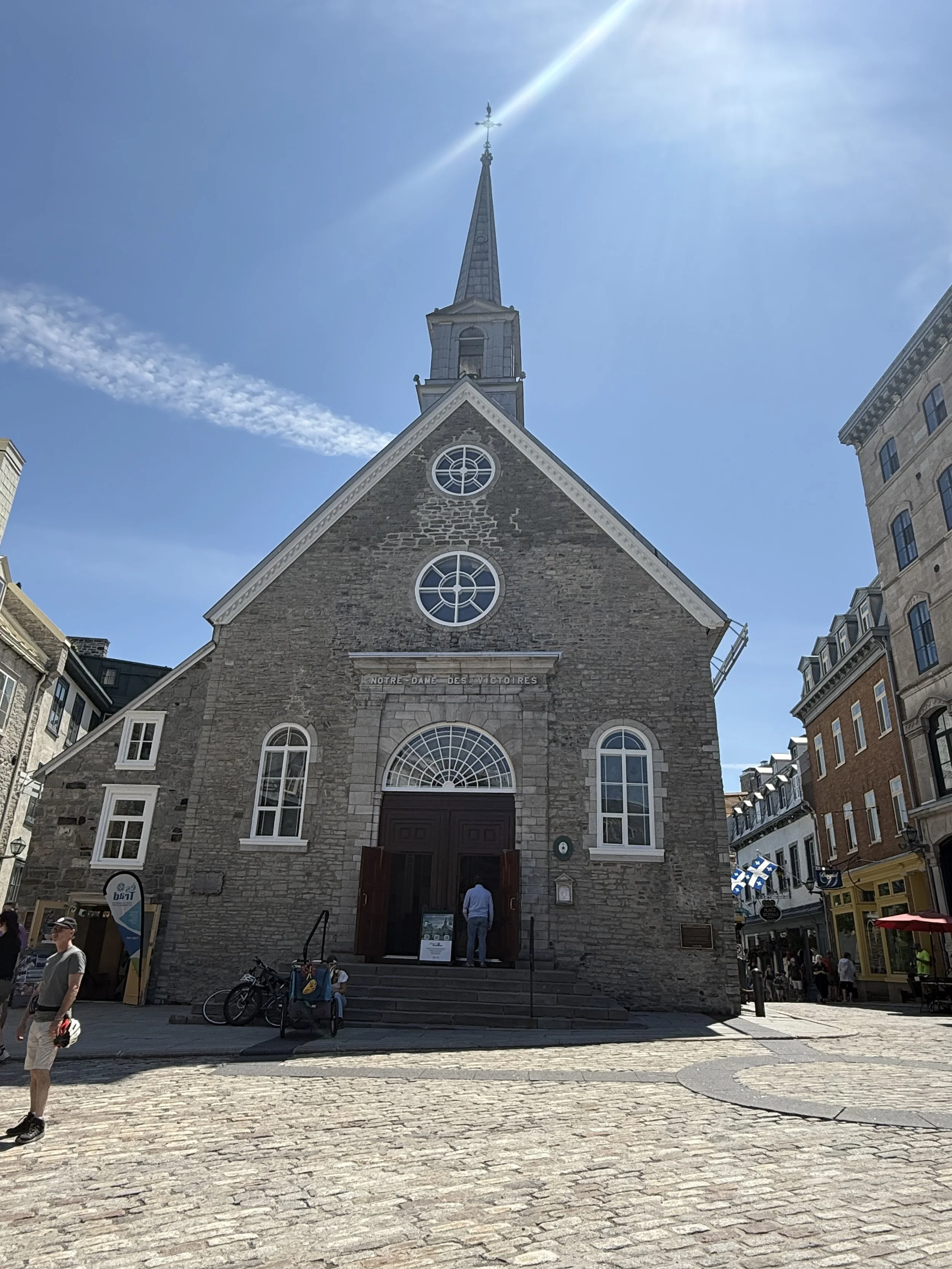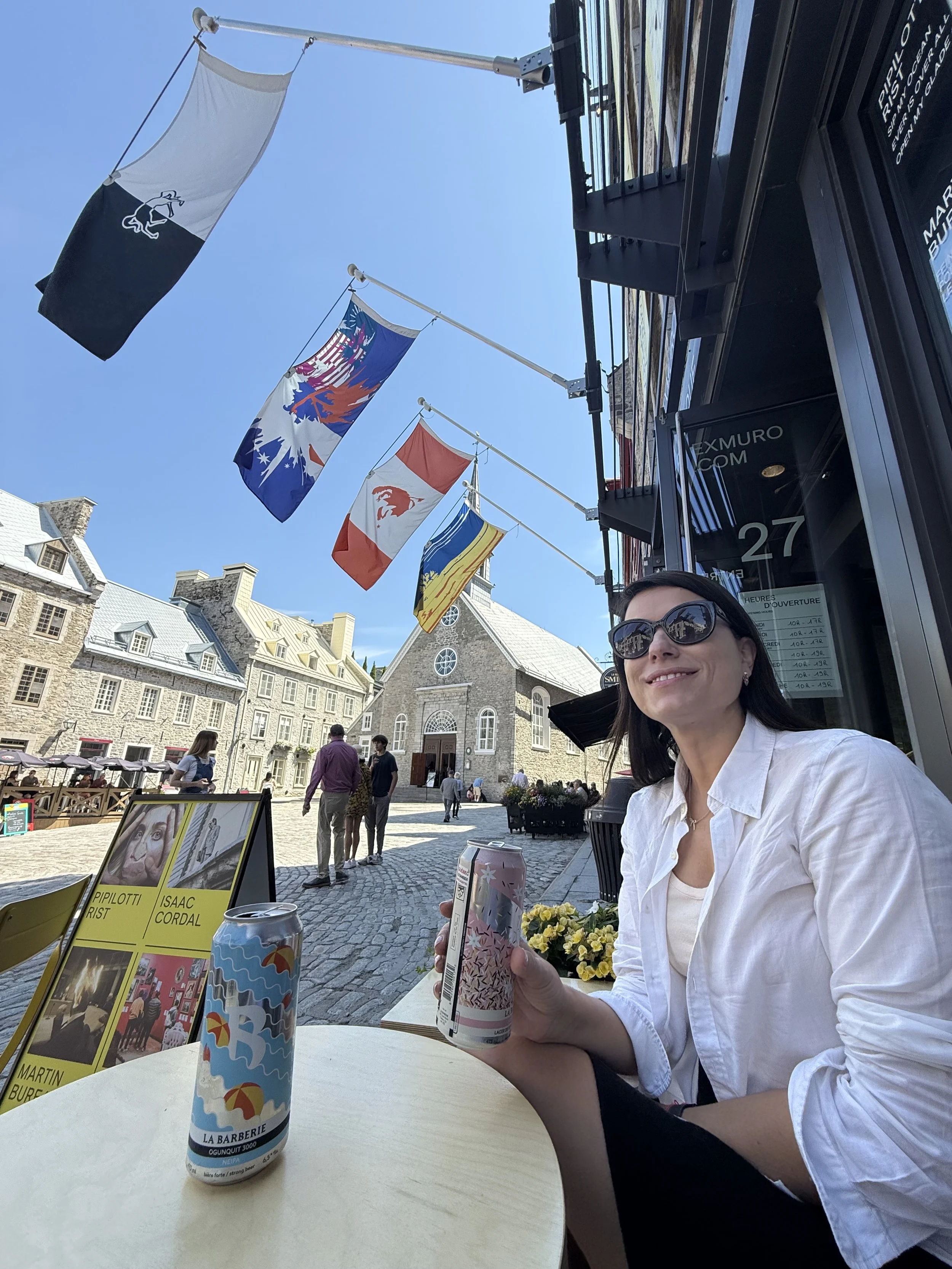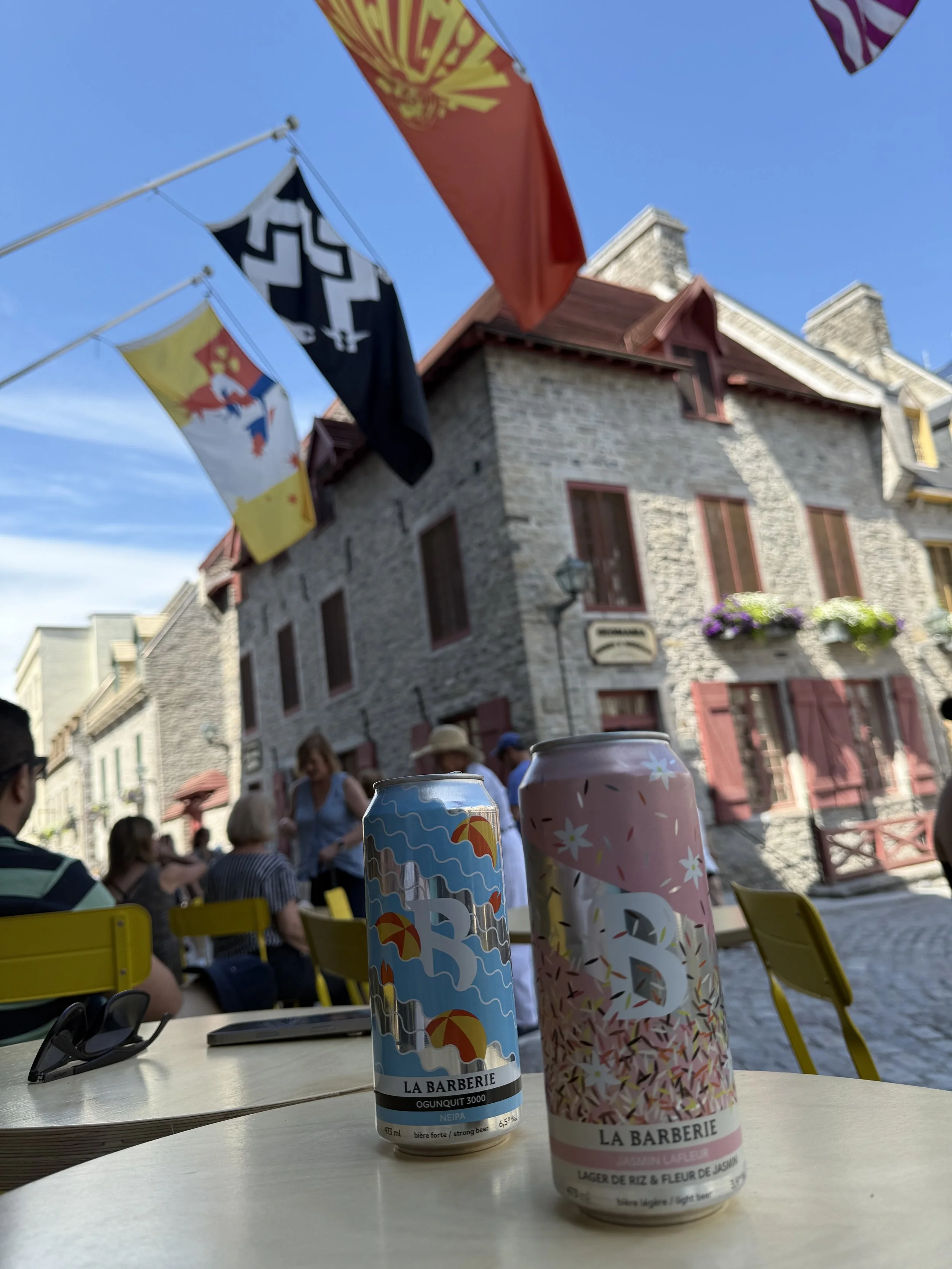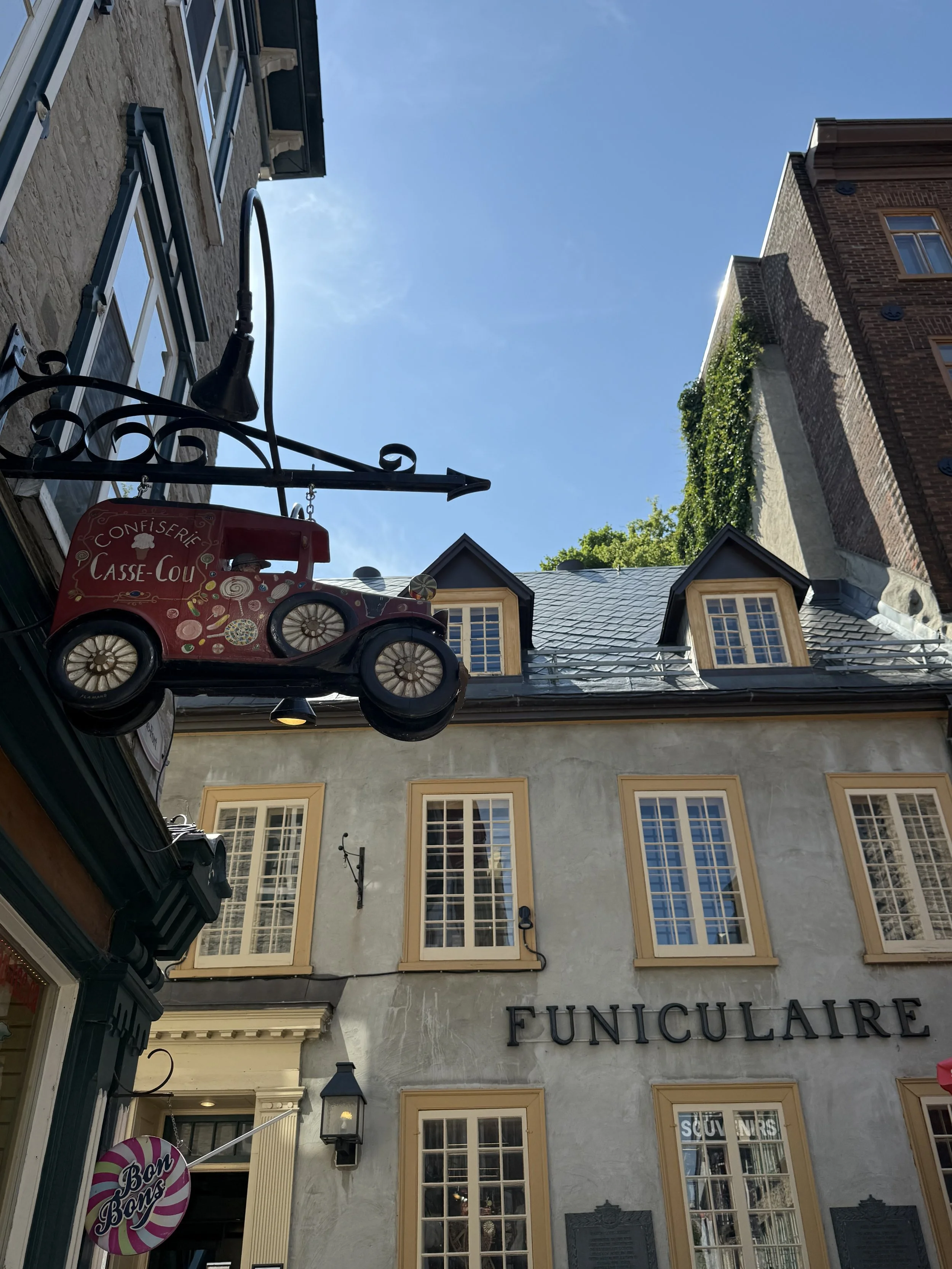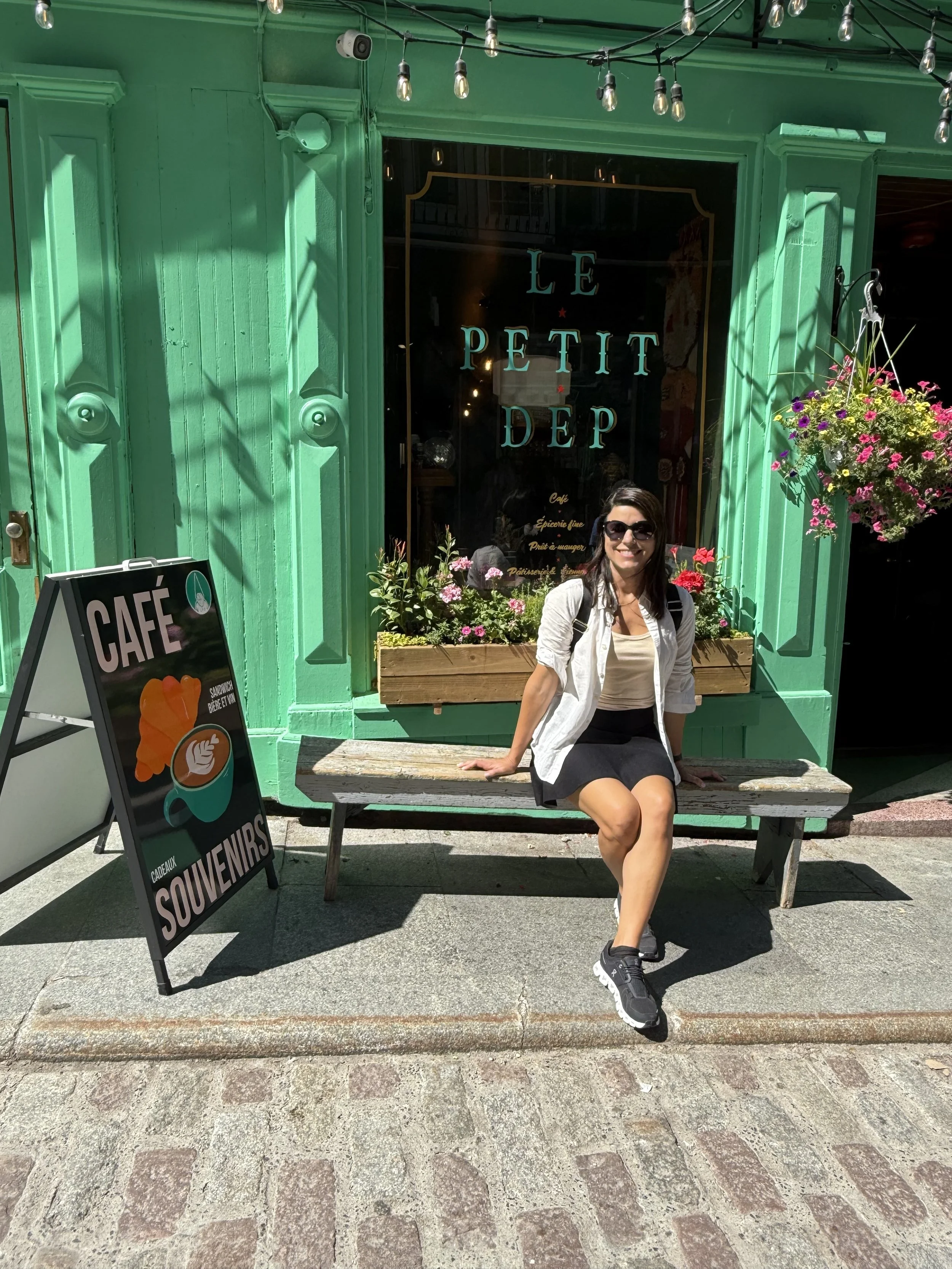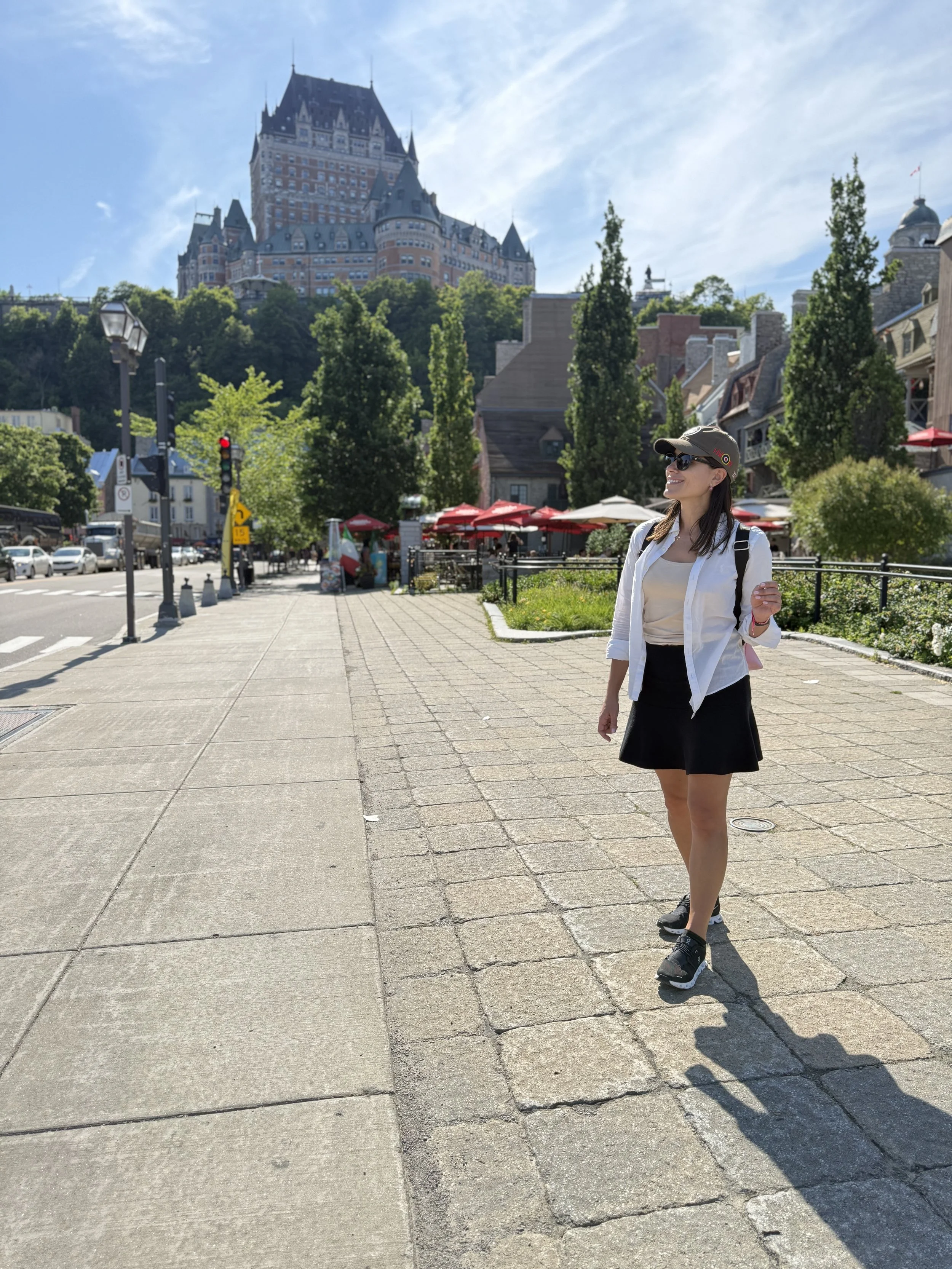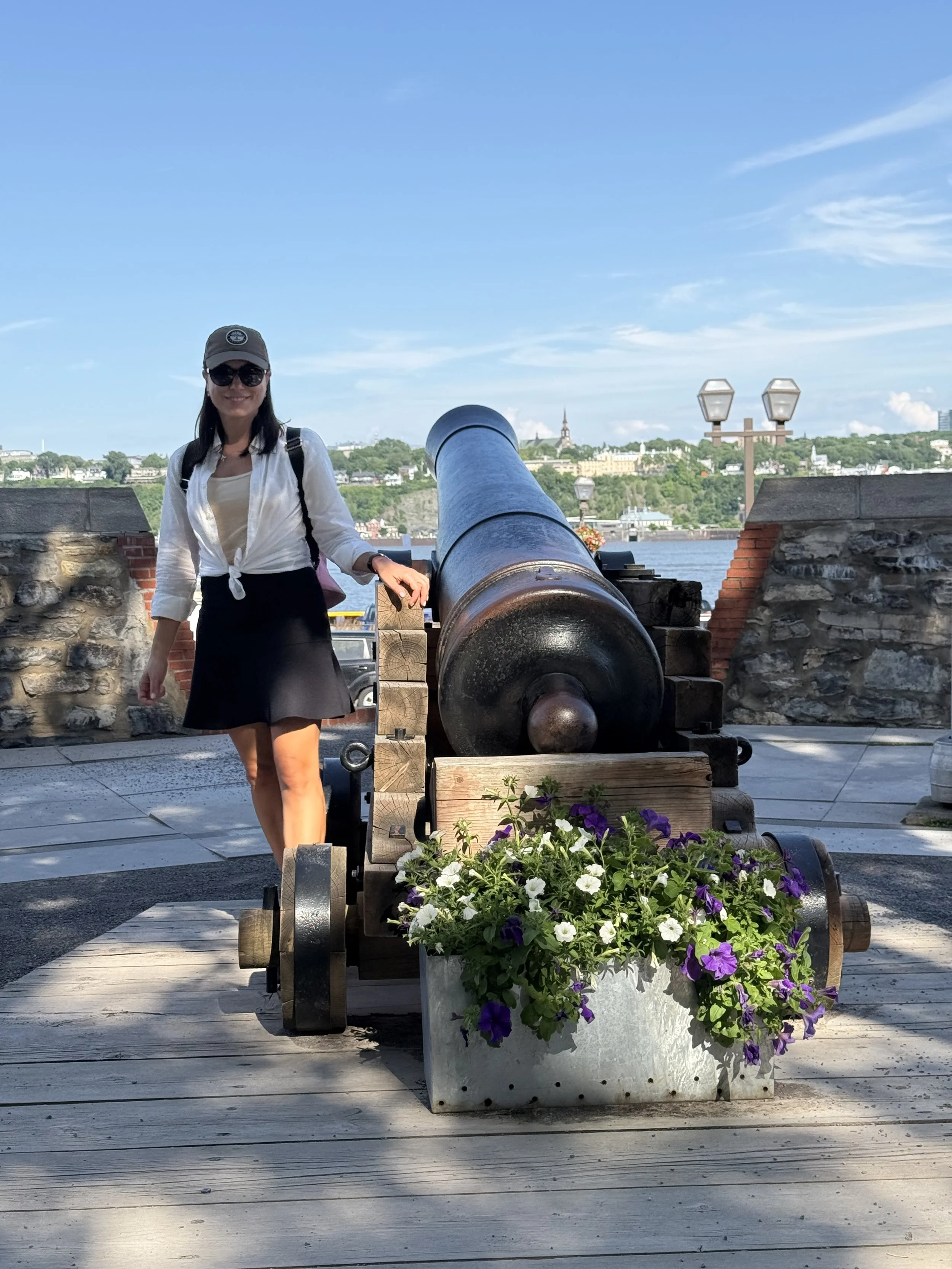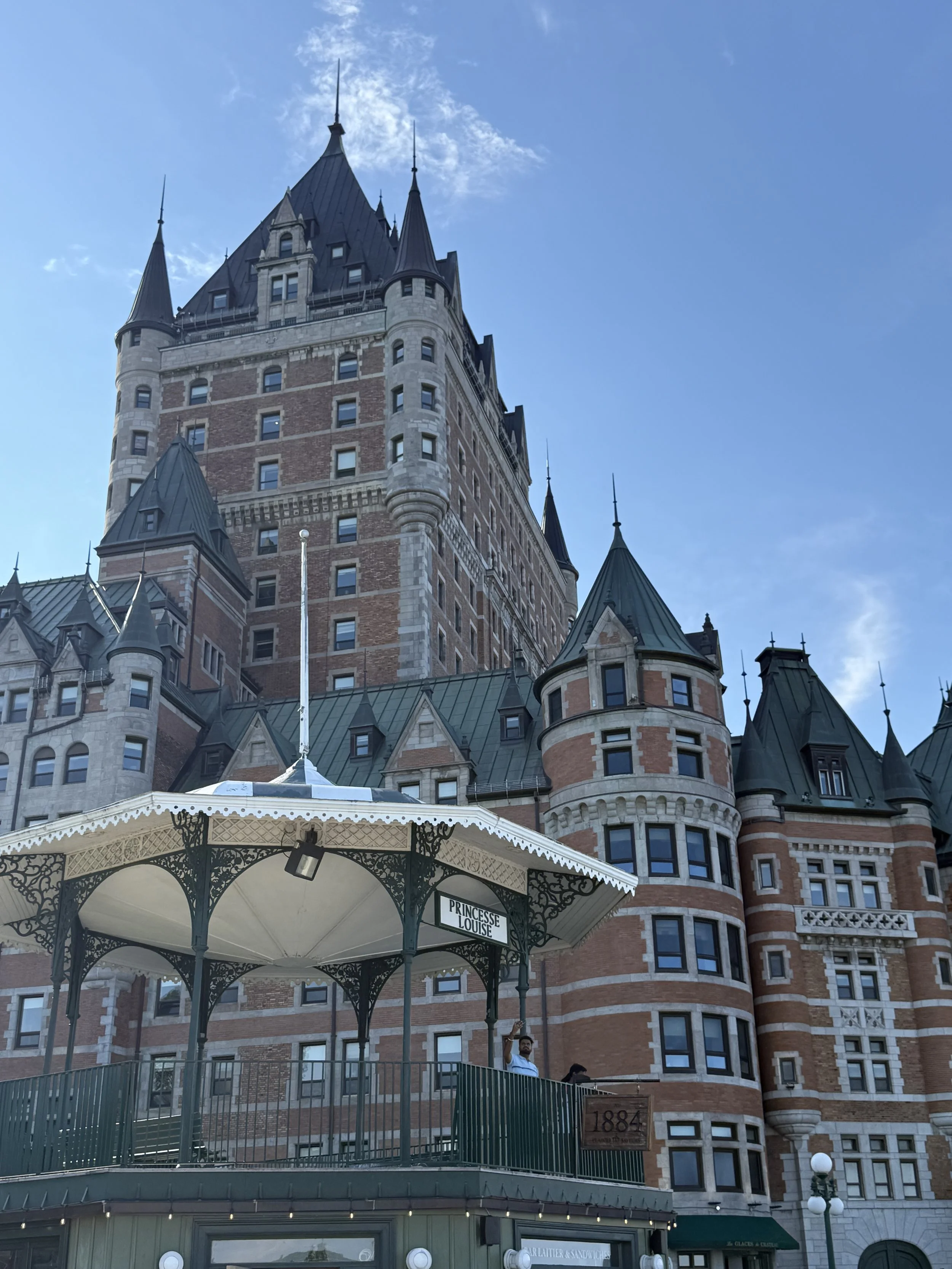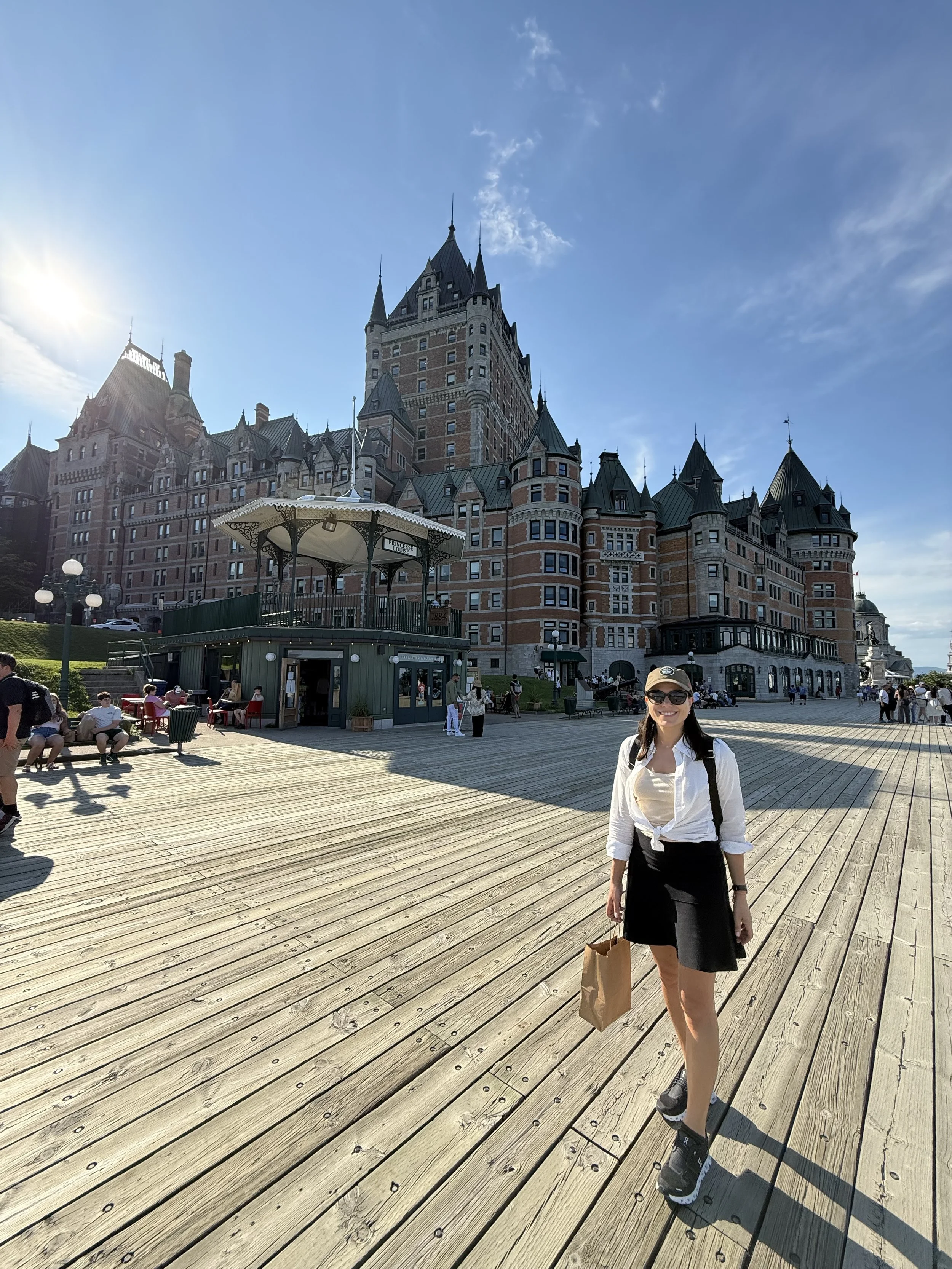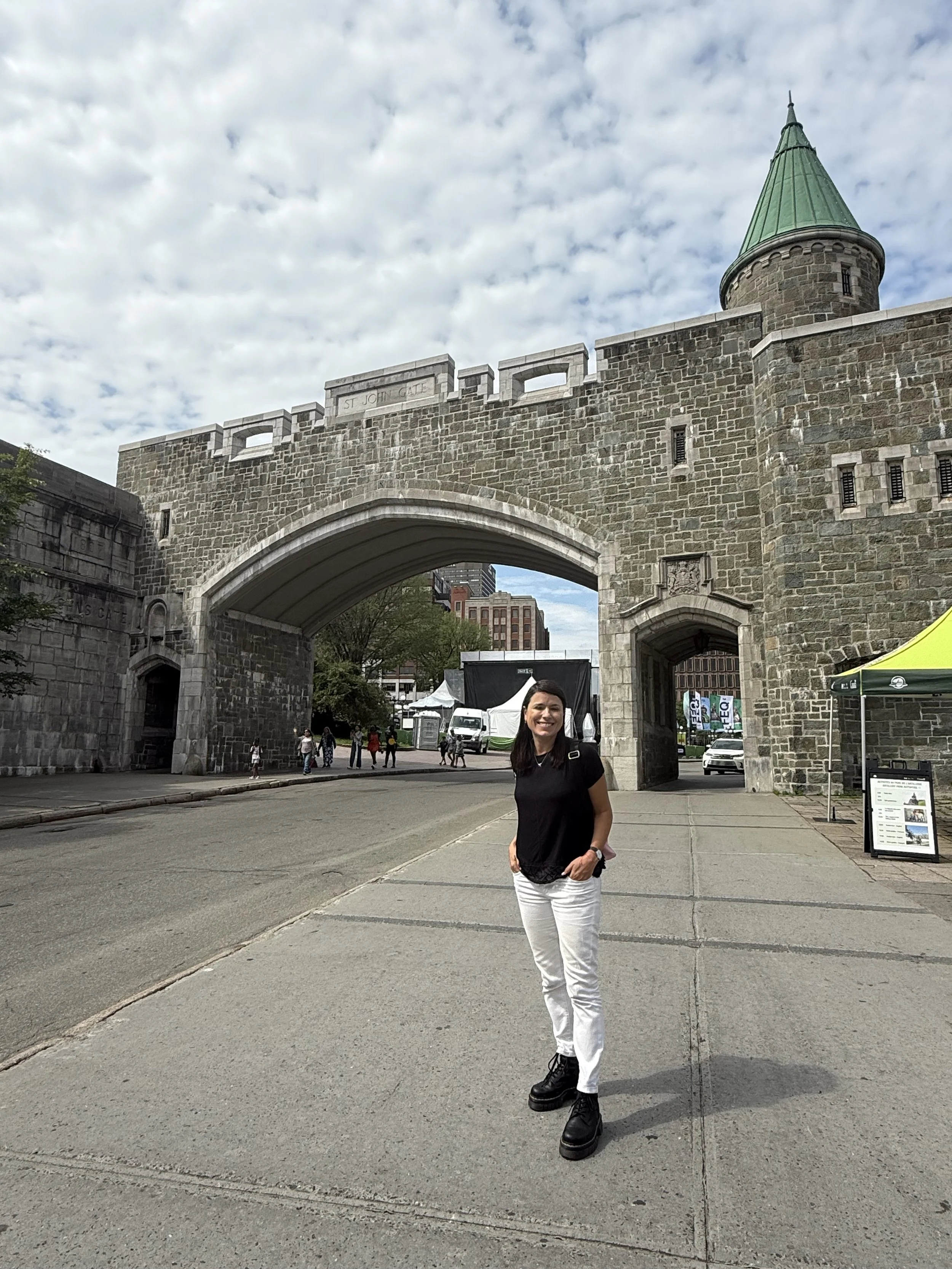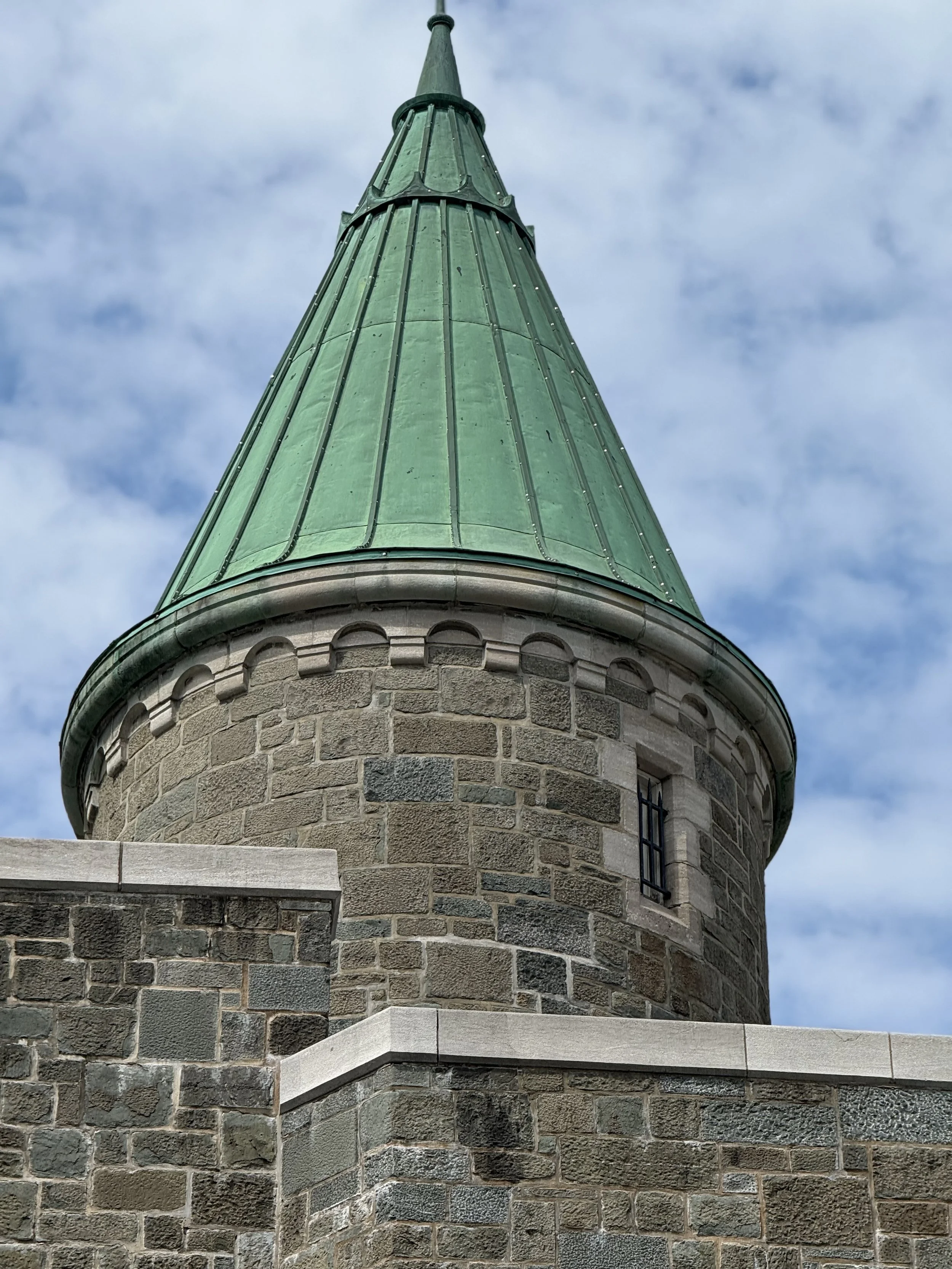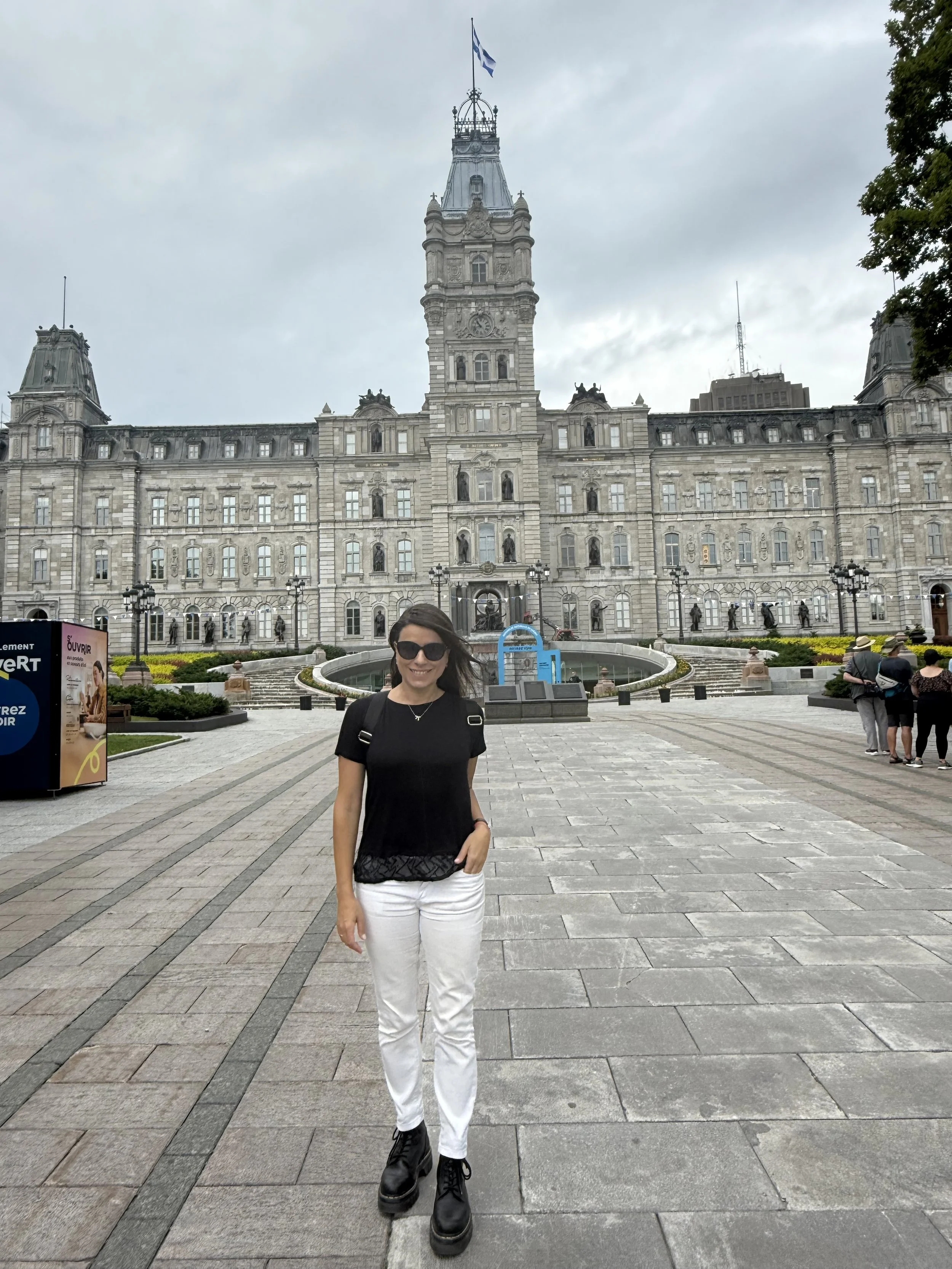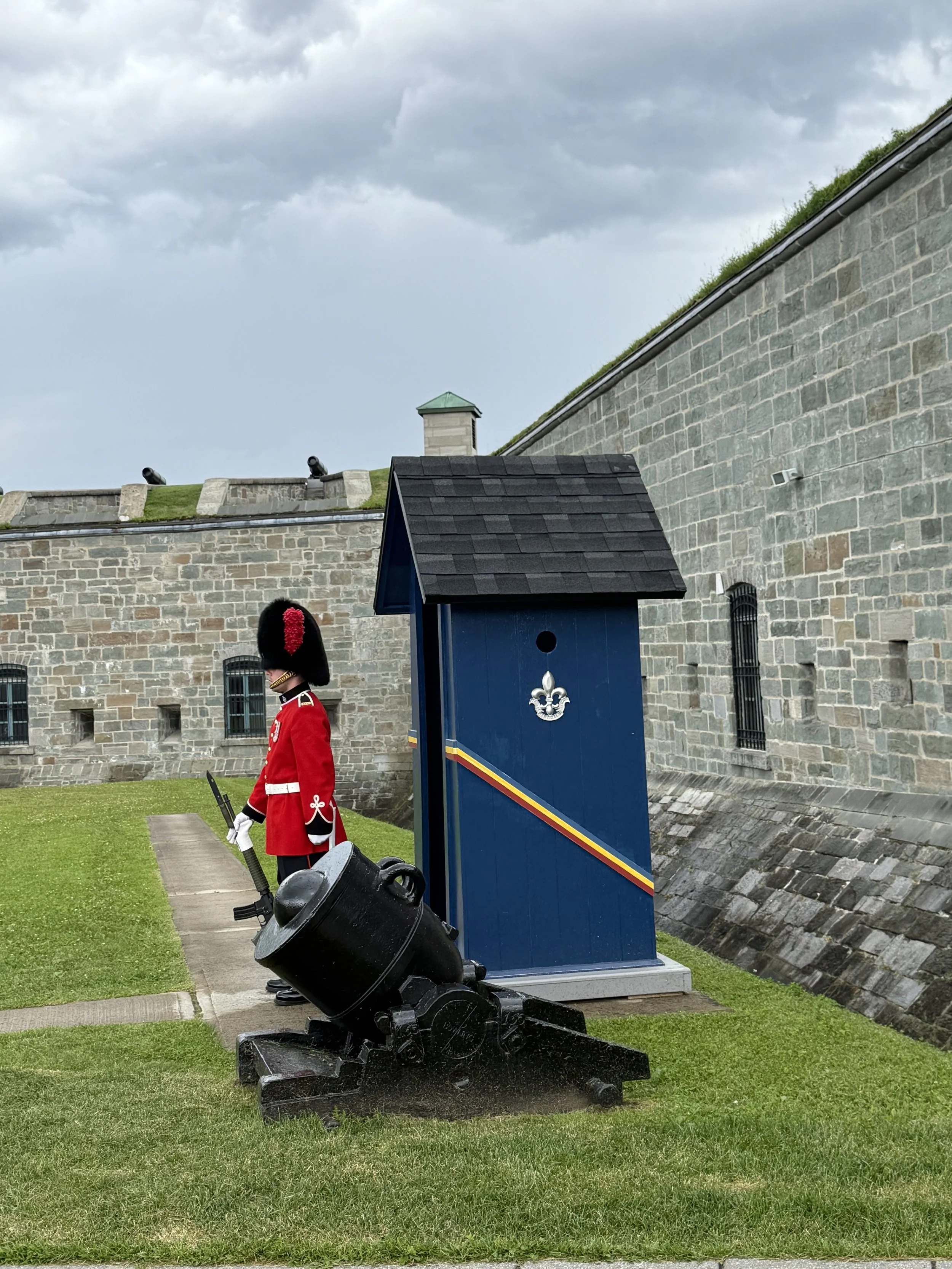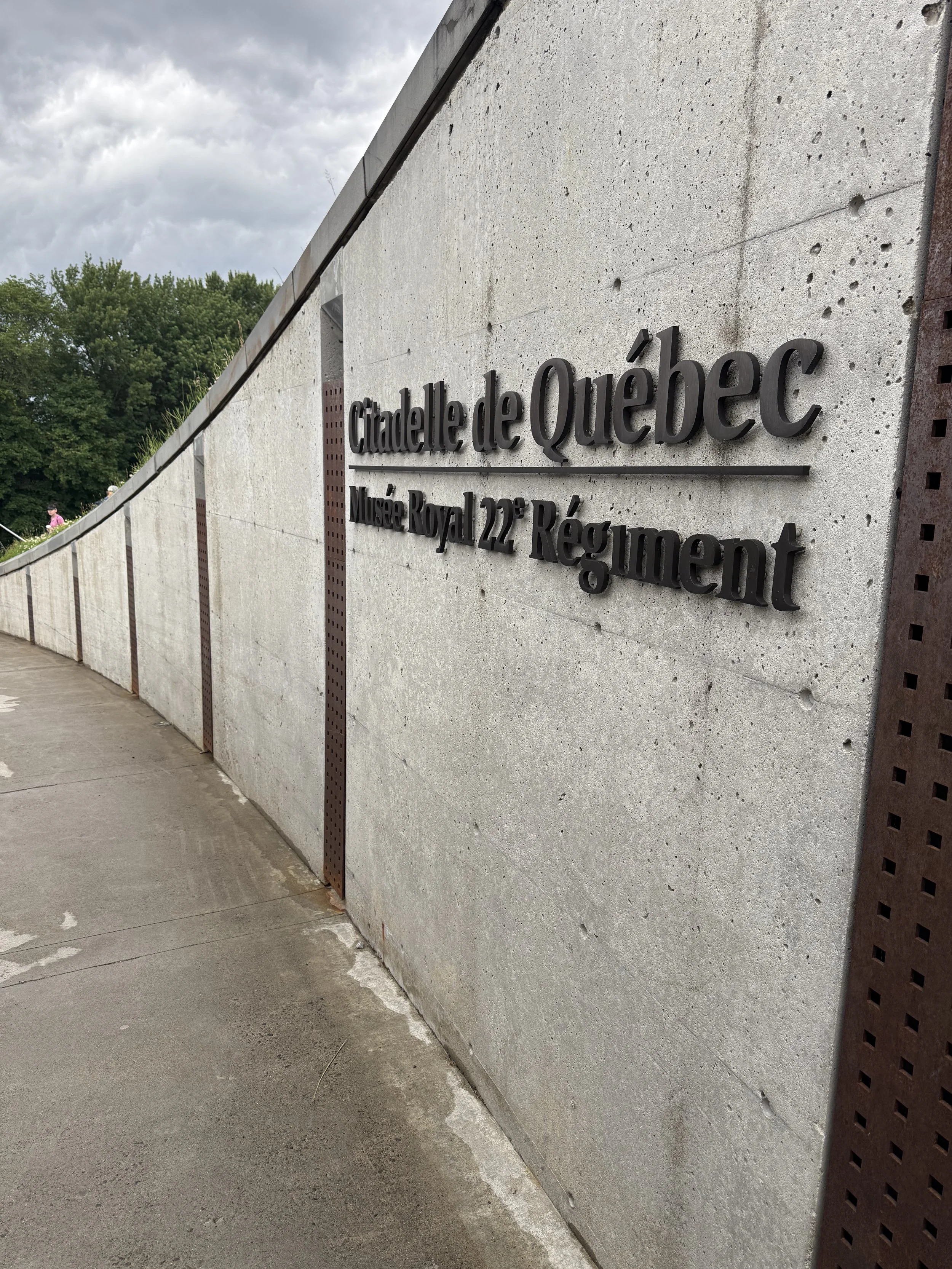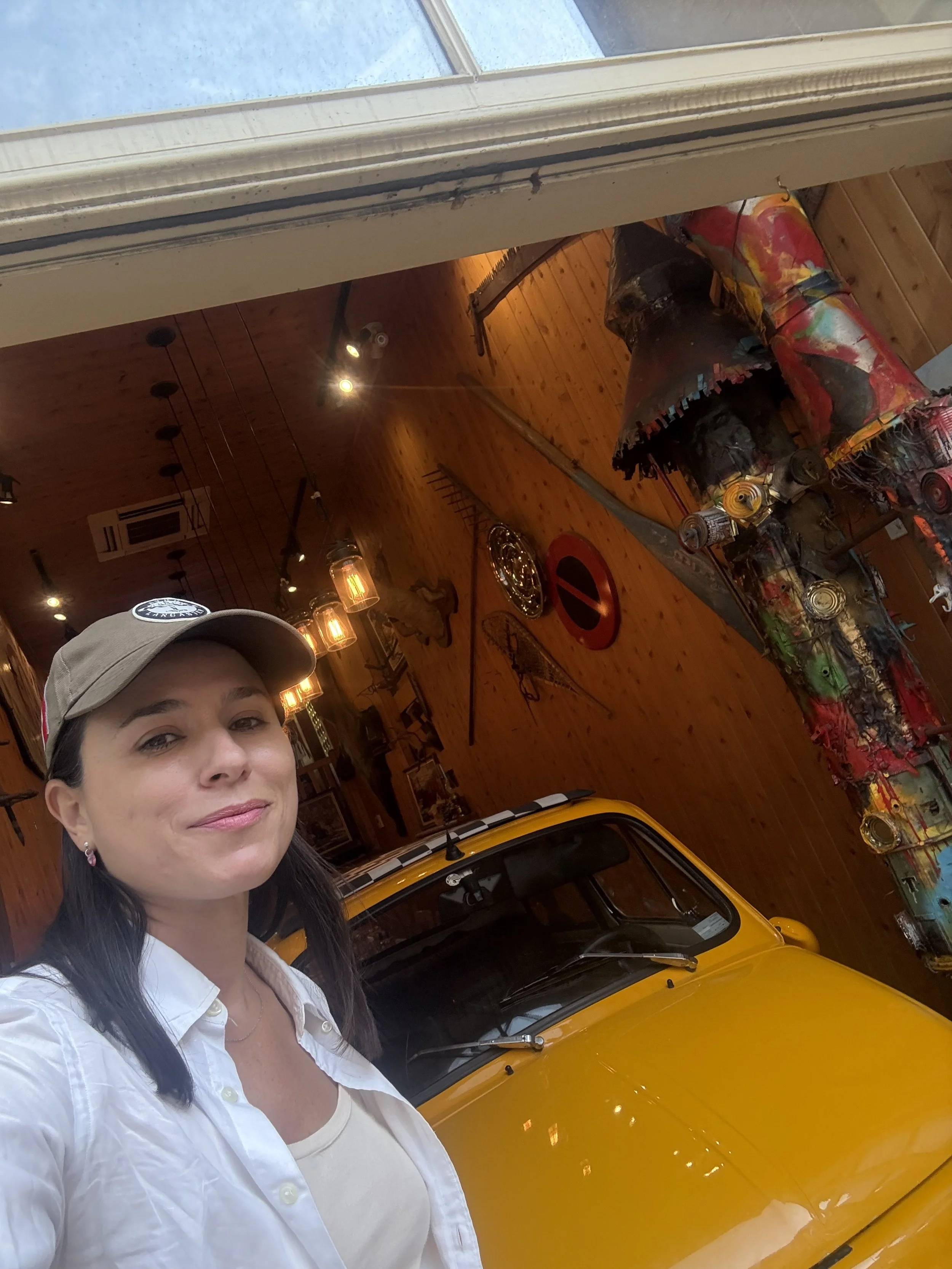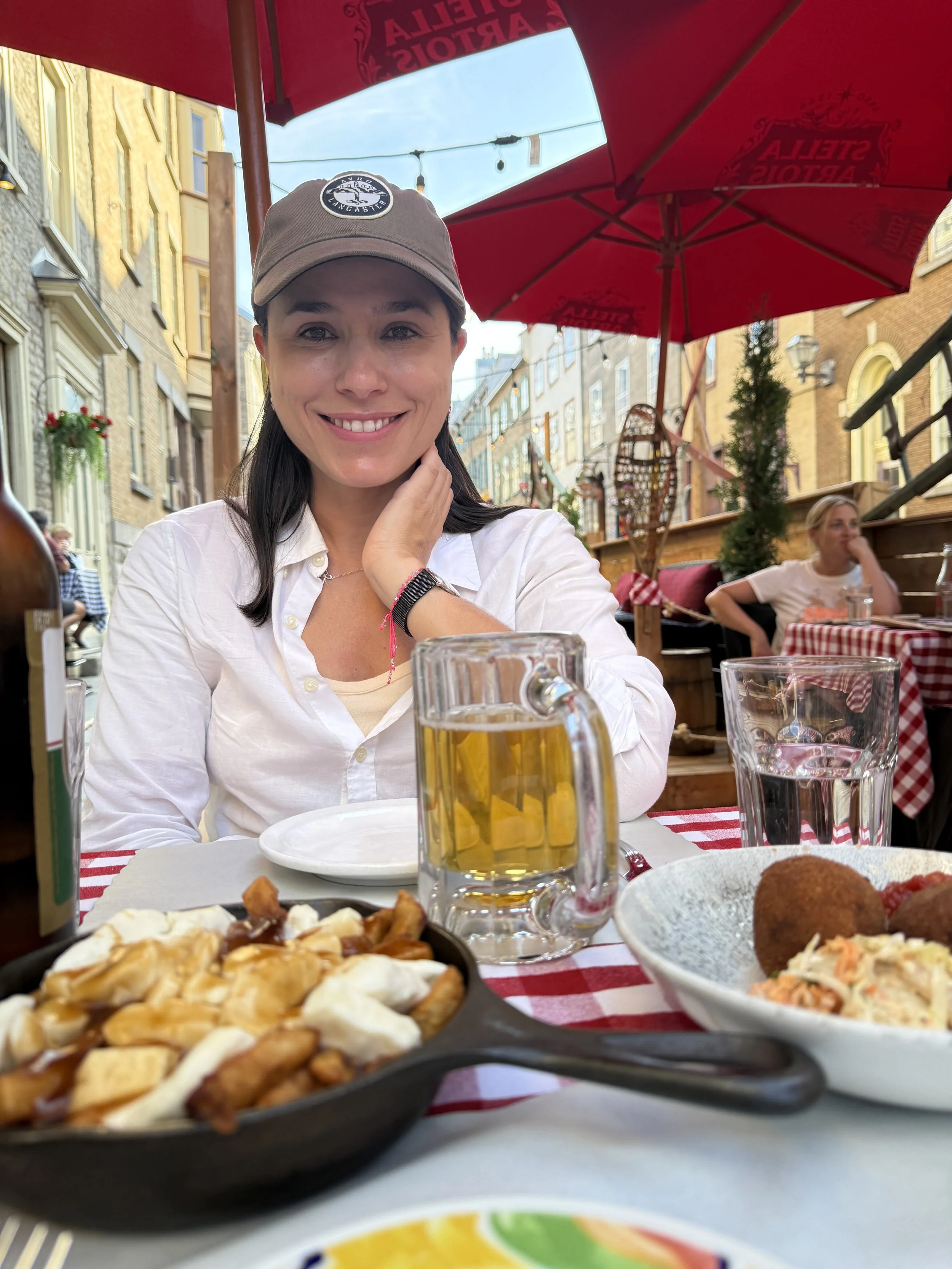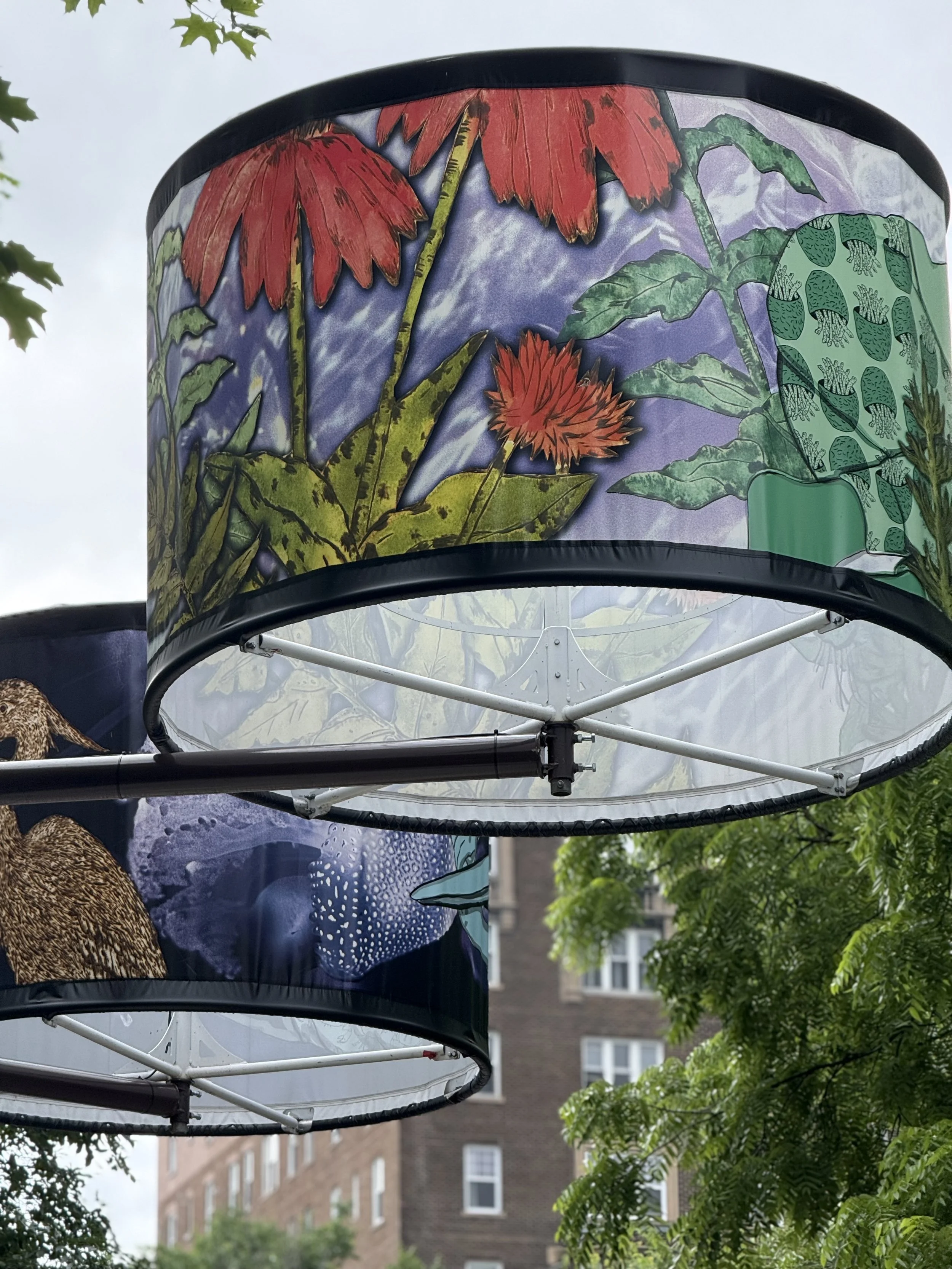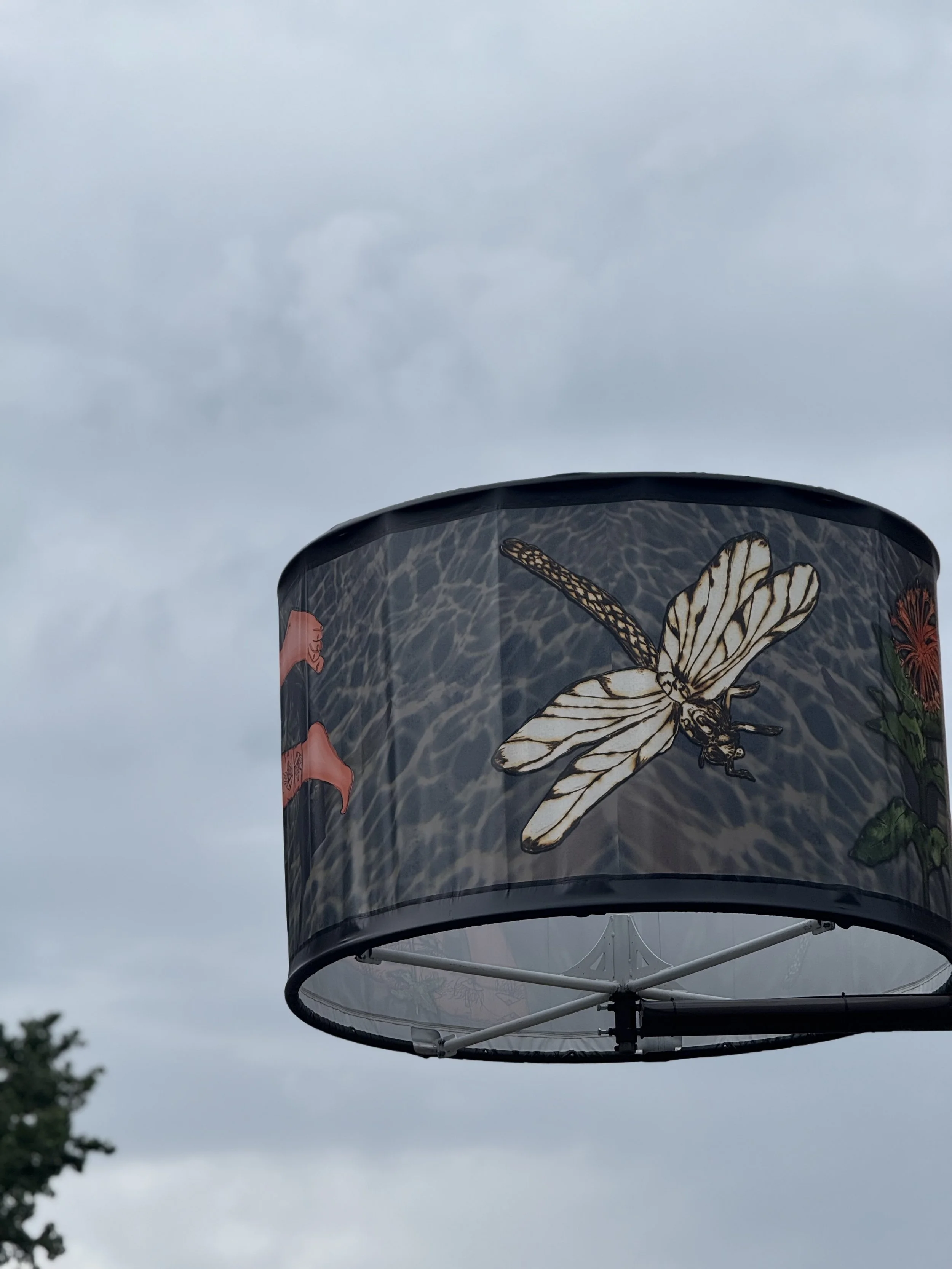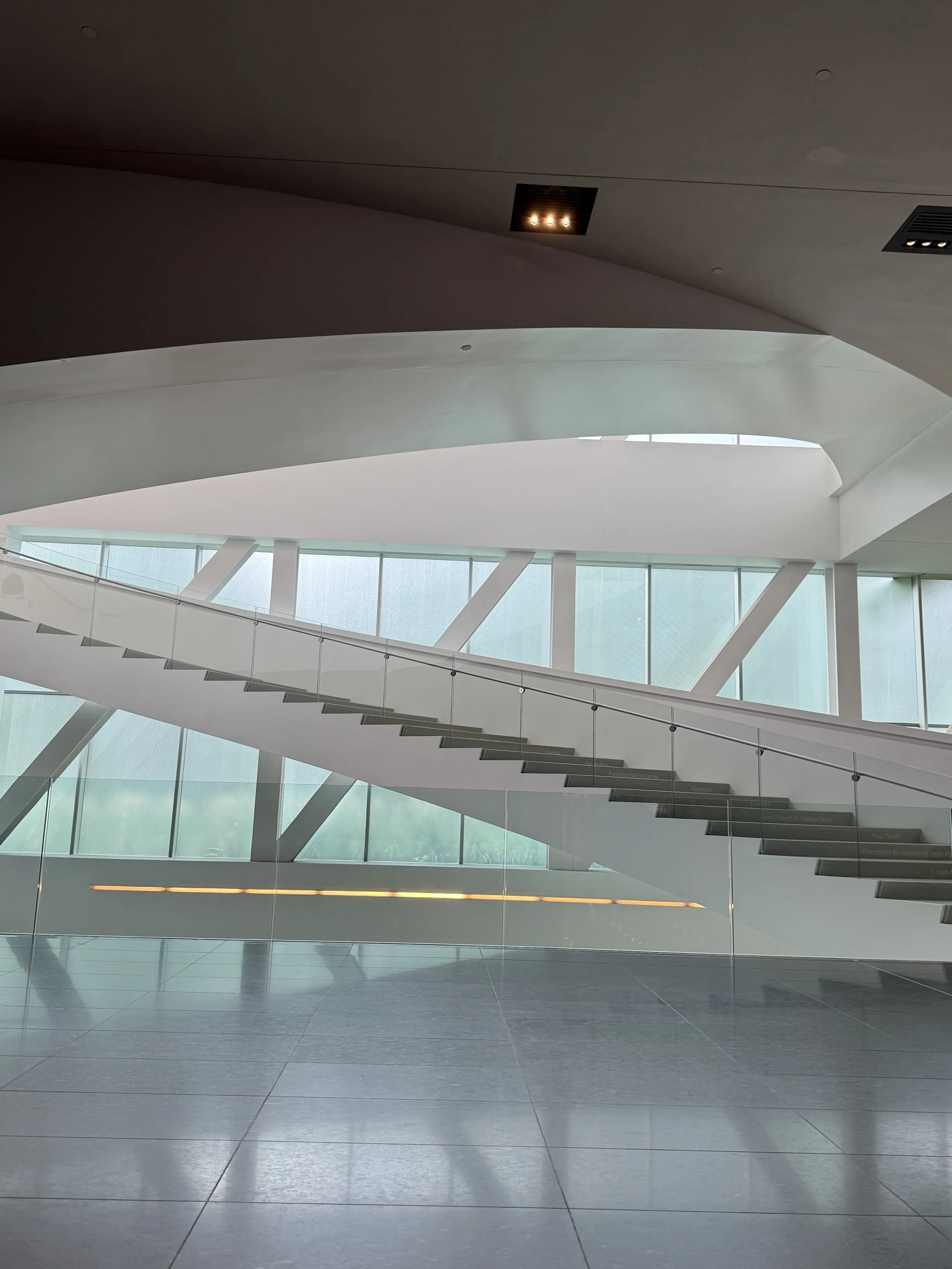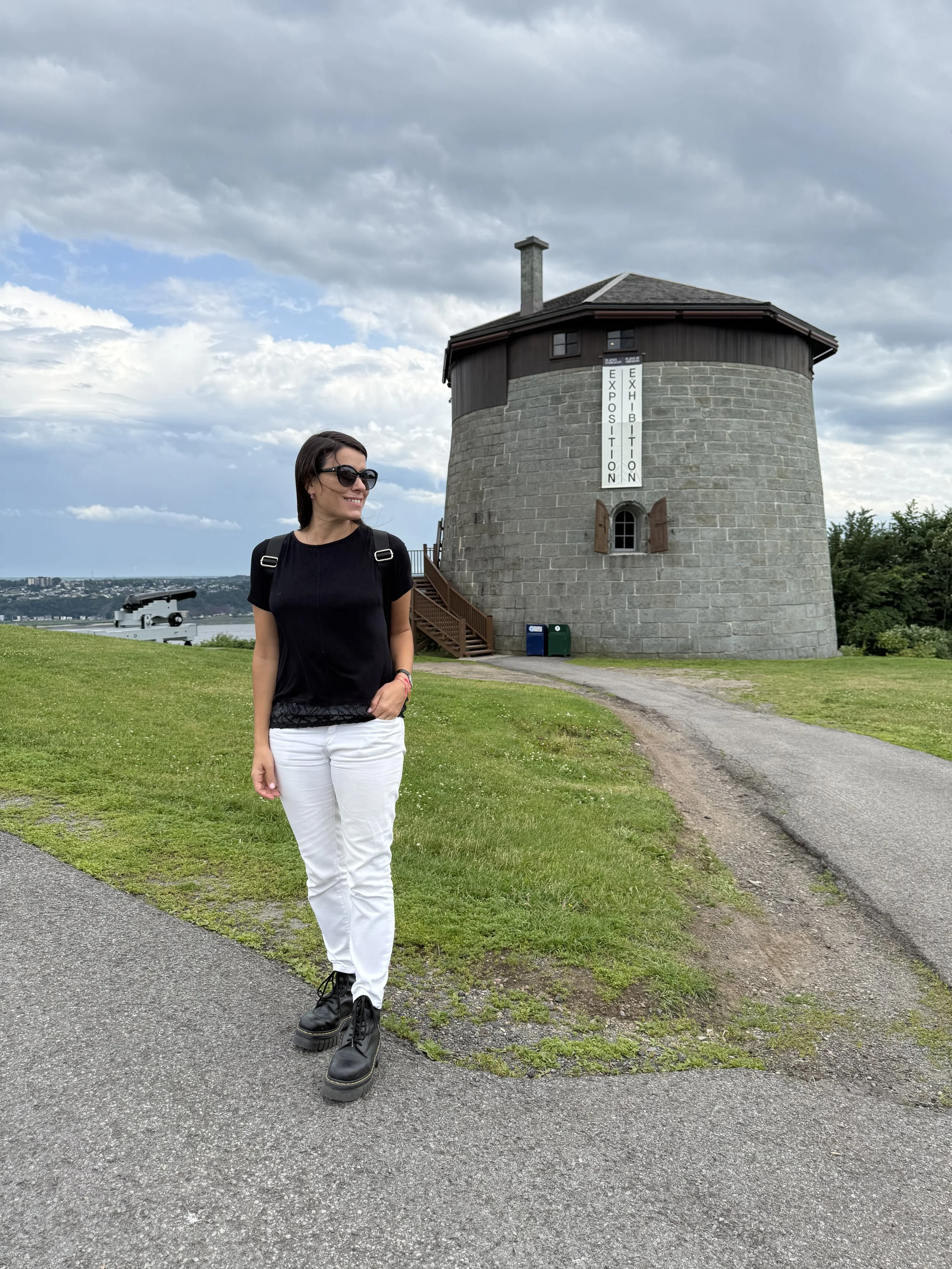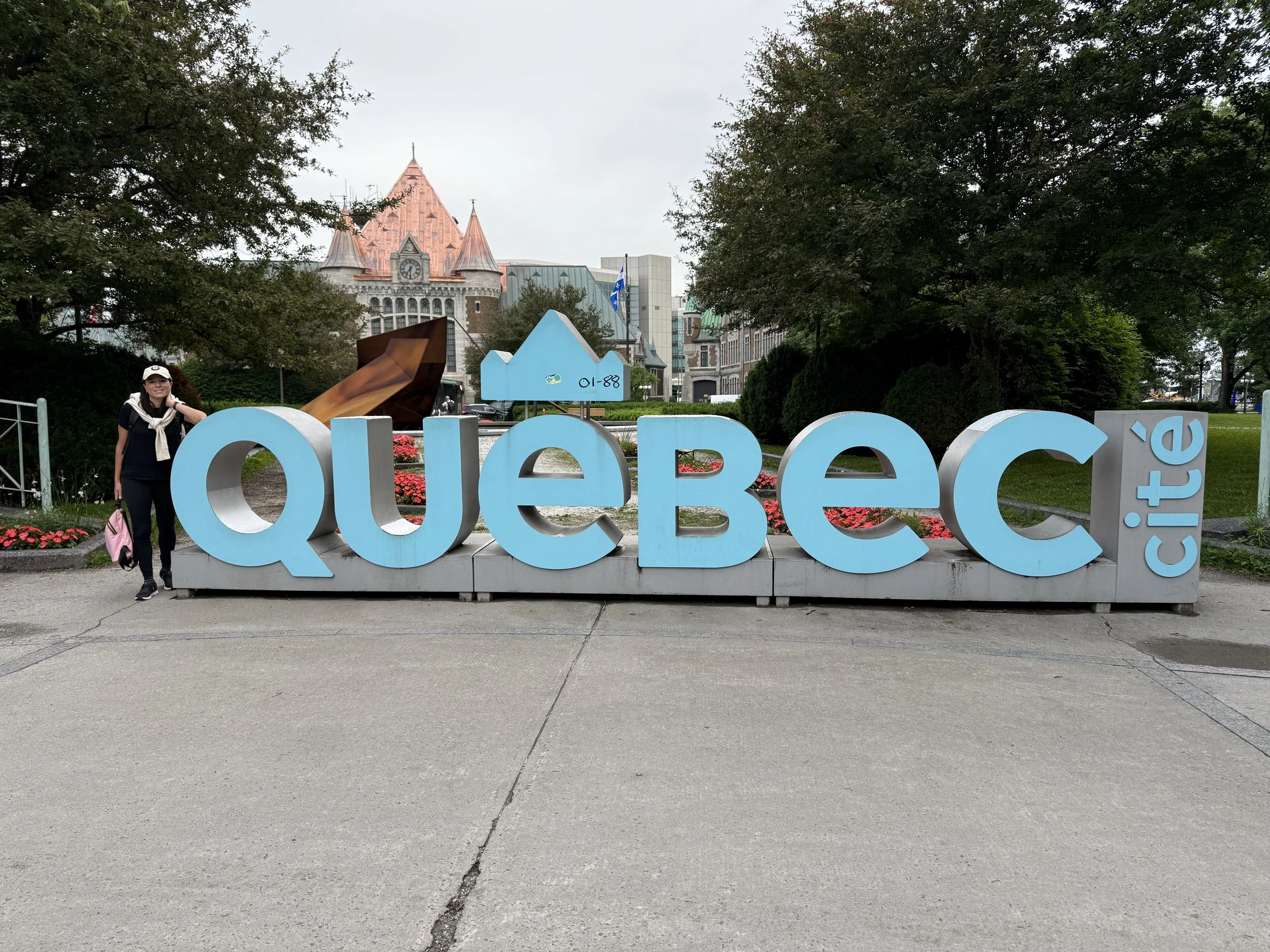Québec City
French CanadaDeclared a World Heritage Site in 1985, it is the only city in North America, along with Campeche, that still has its fortified walls.
The French settled there in 1608. Three decades later, the city was taken by English pirates. Charles I, King of England, agreed to return the land to Louis XIII in exchange for his 15-year-old sister, Henrietta Maria. But in 1756, the Seven Years' War began, and the land remained in English hands. It could not be conquered by the revolutionaries (who formed the United States) and thus remained, definitively, English.
A third of its inhabitants are strongly pro-sovereignty, considering the province of Quebec to be a nation that should therefore become independent from Canada.
We arrived by train from Montreal. We stayed at a hotel near the station for convenience,Le Saint Paul.
We began an uphill walk to Place Royale, where the city was founded in 1608. On the way back is the Fresque des Québécois, the Mural of the Quebecois, Mural de los Quebequenses, the main one of some twenty murals, made in 1999 by a collective of local artists. It depicts the history of the city in 420 m2.
Nearby is the Église Notre Dame des Victoires, dating from 1723, one of the oldest churches in North America. It was restored in 1816 after the English bombings. The movie Catch Me If You Can was filmed there in 2002.
Before continuing, we decided to take a break, ordered some beers, and sat watching the world go by in the pretty square.
After relaxing for a while, we walked towards the Batterie Royale and the Quai Chouinard, pier, where we debated whether to take the Cruise Tour on the St. Lawrence River. Although it was a beautiful sunny day, we decided to continue wandering around the city.
Passing the curve that continues, we found the photo spot of the Chateau Fontenac and a few meters ahead the Fresque du Petir Champlain, which illustrates the history of Cap-Blanc, Quebec's old working-class port district.
We retraced our steps along Boulevard Champlain to Le Funiculaire. The original was built in 1879 and climbs 60 meters at a 45-degree angle.
On the right are the ruins of Châteaux-Saint-Louis, the original government house, and the Terrase Duferin, the 1859 promenade with beautiful views of the St. Lawrence River. The pedestrian walkway was very entertaining, with lots of people and beautiful shops.
From there we went to the Chãteau Fontenac, currently run by the Fairmont chain. The hotel dates back to 1893 and is the image of the city. It was part of the Canadian Pacific Railway's chain of grand hotels and was designed by the American Bruce Price.
Luxury Travel named it the best hotel in the world in 2022. Built in the châteauesque style, it has 18 floors and is 80 meters high. It has 610 rooms and four beehives with queen bees served by 70,000 worker bees, as the hotel produces its own honey, 300 kilos per year.
The final scene of the film I Confess, directed by Alfred Hitchcock, was shot here.
Downstairs, there is a famous Starbucks Café right in front of where circus-style street performers put on shows at all hours.
After the walk, we sat down at La Buche restaurant to try the local food, especially poutine, a dish of French fries with cheese and a thick, tasty meat sauce.
The next day, we walked to the Citadelle, , the summer residence of the Governor of Canada and an active military base. It is a mid-19th-century English fortress designed to prevent American attacks. Every morning at 10 a.m., the Cérémonie de la Musique en Rouge, the changing of the guard by the 22nd Royal Canadian Regiment, takes place in the Parade Ground. At noon, a cannon is fired. At the front is the Assemblée Nationale du Québec, built in 1886. It is the seat of legislative power in the province of Quebec. It is a million-dollar building that caused several strikes and riots due to the low wages of the 400 workers who built it.
Behind it is the Observatoire de la Capitale, with its observation deck on the 31st floor of a public administration building. At 221 meters, it is the highest point in Quebec.
We continue on to the Hotel Concorde, a 1974 building that houses Ciel!, a 360° revolving restaurant. Another ten-minute walk took us to the Musée National des Beaux Arts du Québec, with its collection of 24,000 works by local artists and sculpture garden. Its central pavilion, integrated into the city's old prison, and the Lassonde pavilion, designed in 2016 by Dutch architect Rem Koolhaas, are particularly noteworthy.
Very close by is Boulevard Cartier, , six blocks that are the soul of Montcalm. Between Grande Allee and Chemin Sainte-Foy, the 34 giant lamps installed in 2013 by the company Lightemotion stand out, each one designed by a different local artist.
There we stopped to grab some delicious hot dogs to recharge our batteries before continuing on to the Planicies de Abraham. JThey were just setting up the stages for the big music festival that was taking place that night. The field belonging to a landowner named Martin Abraham was the scene of a battle in 1759, in which the English began to wrest possession of what is now Canada from the French for good. It was part of the Seven Years' War, a global conflict that pitted the two sides and their allies against each other in Europe, North America, the South Pacific, and India.
There are areas for picnics and rest.
On our way back, we arrived once again at the imposing Chãteau Fontenac, where we decided to have a drink at the hotel bar, the exclusive and elegant 1860 BAR. Truly a must-see.
And so we ended our visit to beautiful Québec City.

